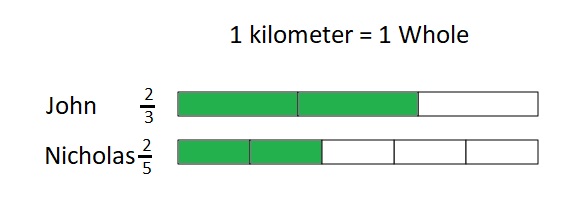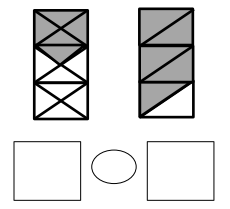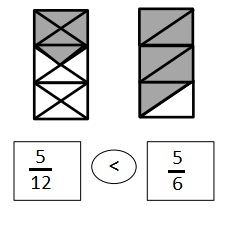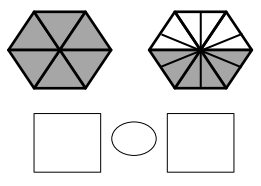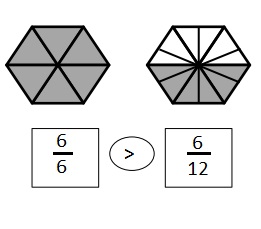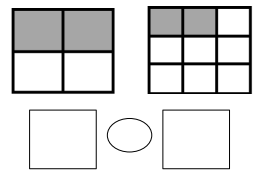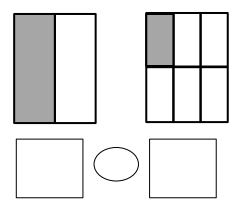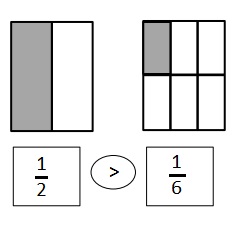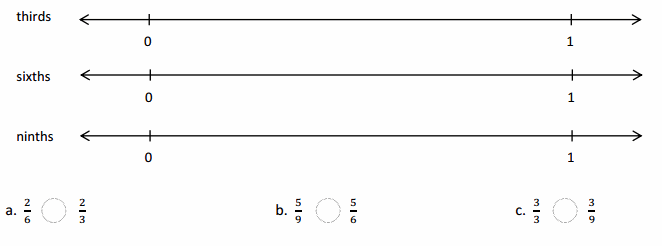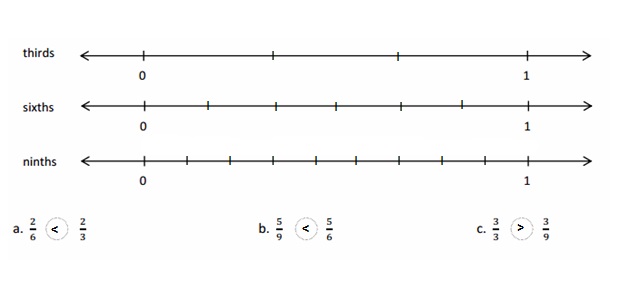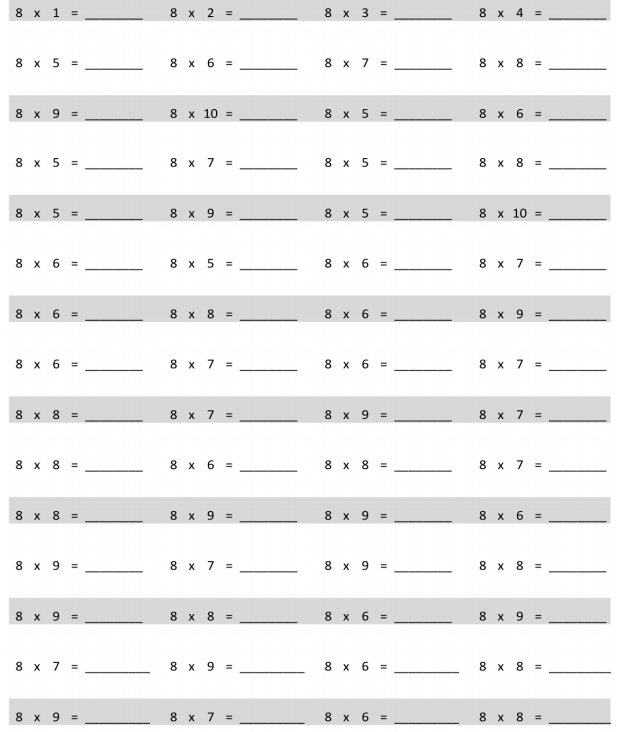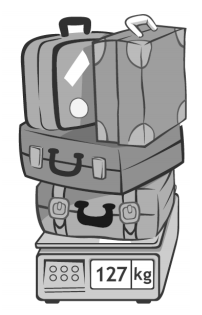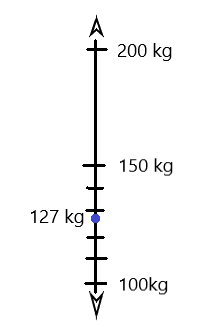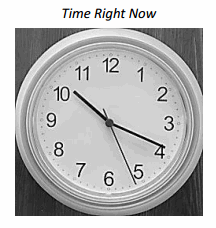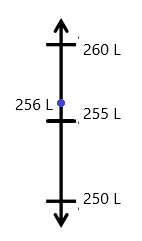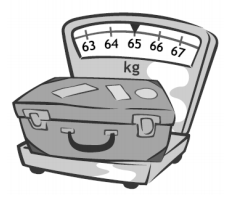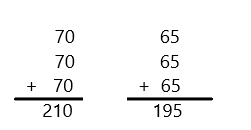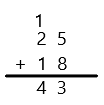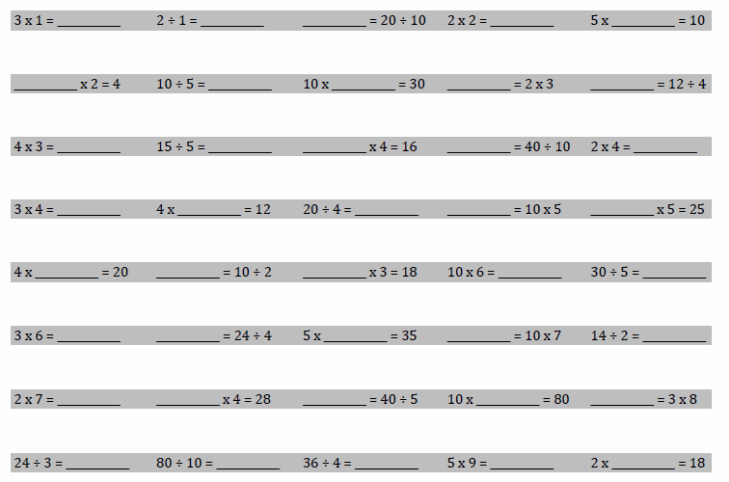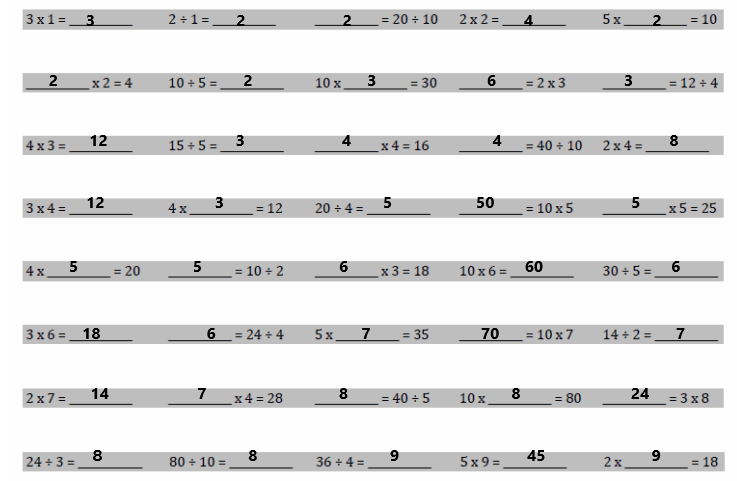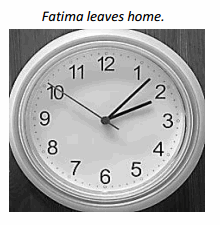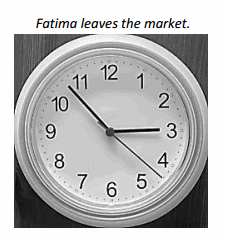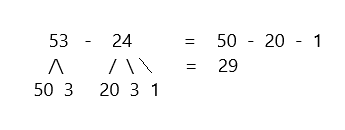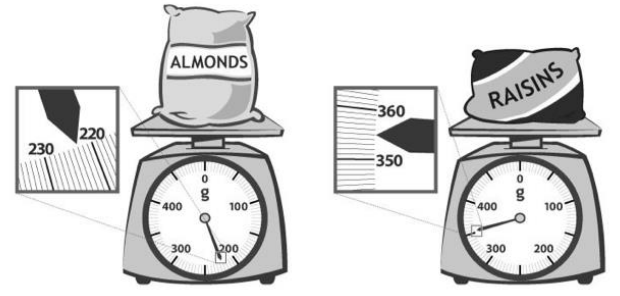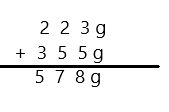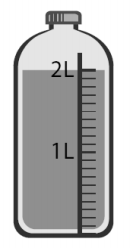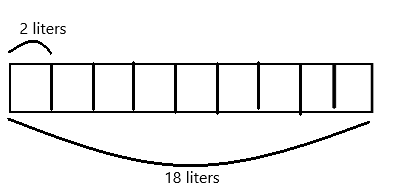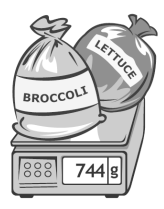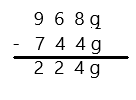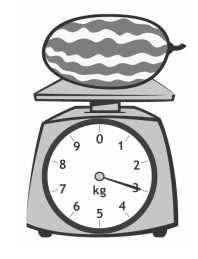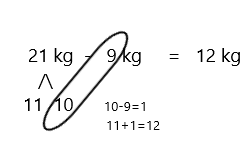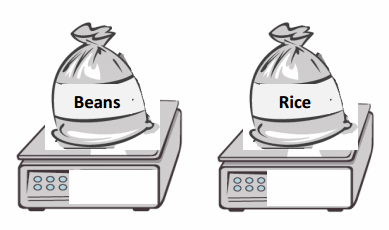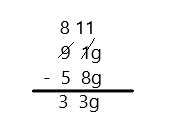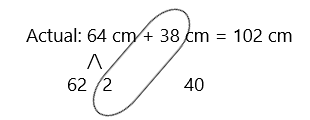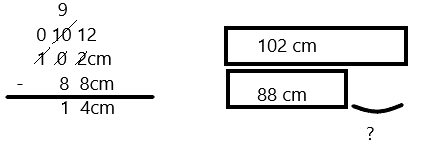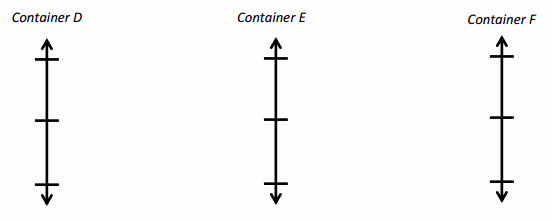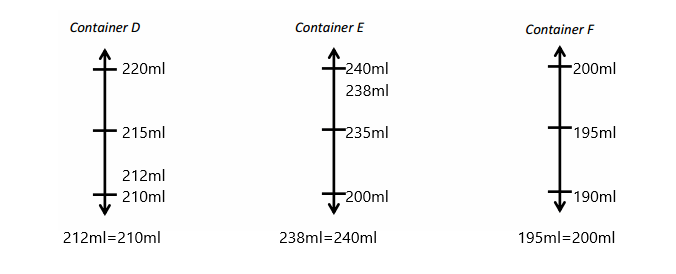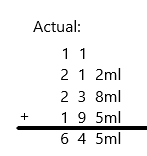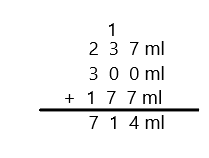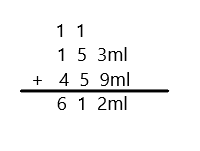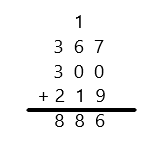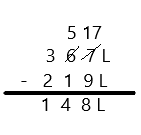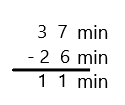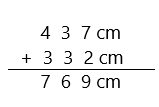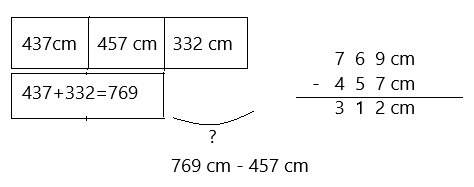Engage NY Eureka Math 3rd Grade Module 5 Lesson 19 Answer Key
Eureka Math Grade 3 Module 5 Lesson 19 Sprint Answer Key
A
Express Fractions as Whole Numbers
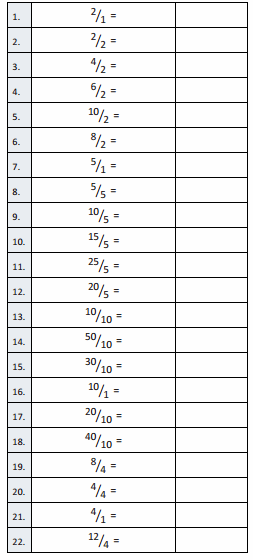
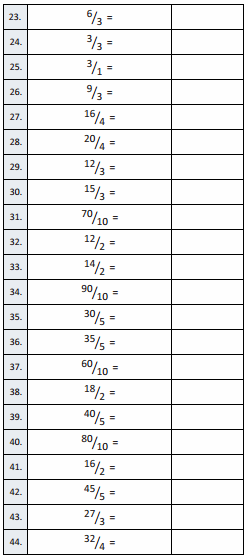
Question 1.
\(\frac { 2 }{ 1 }\) =
Answer :
\(\frac { 2 }{ 1 }\) = 2
Question 2.
\(\frac { 2 }{ 2 }\) =
Answer :
\(\frac { 2 }{ 2 }\) = 1
Question 3.
\(\frac { 4 }{ 2 }\) =
Answer :
\(\frac { 4 }{ 2 }\) = 2
Explanation :
2 x 2 = 4
Question 4.
\(\frac { 6 }{ 2 }\) =
Answer :
\(\frac { 6 }{ 2 }\) = 3
Explanation :
2 x 3 = 6
Question 5.
\(\frac { 10 }{ 2 }\) =
Answer :
\(\frac { 10 }{ 2 }\) = 5
Explanation :
2 × 5 = 10
Question 6.
\(\frac { 8 }{ 2 }\) =
Answer :
\(\frac { 8 }{ 2 }\) = 4
Explanation :
2 × 4 = 8
Question 7.
\(\frac { 5 }{ 1 }\) =
Answer :
\(\frac { 5 }{ 1 }\) = 5
Explanation :
1 × 5 = 5
Question 8.
\(\frac { 5 }{ 5 }\) =
Answer :
\(\frac { 5 }{ 5 }\) = 1
Explanation :
1 × 5 = 5
Question 9.
\(\frac { 10 }{ 5 }\) =
Answer :
\(\frac { 10 }{ 5 }\) = 2
Explanation :
2 × 5 = 10
Question 10.
\(\frac { 15 }{ 5 }\) =
Answer :
\(\frac { 15 }{ 5 }\) = 3
Explanation :
3 × 5 = 15
Question 11.
\(\frac { 25 }{ 5 }\) =
Answer :
\(\frac { 25 }{ 5 }\) = 5
Explanation :
5 × 5 = 25
Question 12.
\(\frac { 20 }{ 5 }\) =
Answer :
\(\frac { 20 }{ 5 }\) = 4
Explanation :
4 × 5 = 20
Question 13.
\(\frac { 10 }{ 10 }\) =
Answer :
\(\frac { 10 }{ 10 }\) = 1
Explanation :
1 × 10 = 10
Question 14.
\(\frac { 50 }{ 10 }\) =
Answer :
\(\frac { 50 }{ 10 }\) = 5
Explanation :
10 × 5 = 50
Question 15.
\(\frac { 30 }{ 10 }\) =
Answer :
\(\frac { 30 }{ 10 }\) = 3
Explanation :
10 × 3 = 30
Question 16.
\(\frac { 10 }{ 1 }\) =
Answer :
\(\frac { 10 }{ 1 }\) = 10
Explanation :
10 × 1 = 10
Question 17.
\(\frac { 20 }{ 10 }\) =
Answer :
\(\frac { 20 }{ 10 }\) = 2
Explanation :
10 × 2 = 20
Question 18.
\(\frac { 40 }{ 10 }\) =
Answer :
\(\frac { 40 }{ 10 }\) = 4
Explanation :
10 × 4 = 40
Question 19.
\(\frac { 8 }{ 4 }\) =
Answer :
\(\frac { 8 }{ 4 }\) = 2
Explanation :
2 × 4 = 8
Question 20.
\(\frac { 4 }{ 4 }\) =
Answer :
\(\frac { 4 }{ 4 }\) = 1
Explanation :
1 × 4 = 4
Question 21.
\(\frac { 4 }{ 1 }\) =
Answer :
\(\frac { 4 }{ 1 }\) = 4
Explanation :
1 × 4 = 4
Question 22.
\(\frac { 12 }{ 4 }\) =
Answer :
\(\frac { 12 }{ 4 }\) = 3
Explanation :
3 × 4 = 12
Question 23.
\(\frac { 6 }{ 3 }\) =
Answer :
\(\frac { 6 }{ 3 }\) = 2
Explanation :
3 × 2 = 6
Question 24.
\(\frac { 3 }{ 3 }\) =
Answer :
\(\frac { 3 }{ 3 }\) = 1
Explanation :
1 × 3 = 3
Question 25.
\(\frac { 3 }{ 1 }\) =
Answer :
\(\frac { 3 }{ 1 }\) = 3
Explanation :
1 × 3 = 3
Question 26.
\(\frac { 9 }{ 3 }\) =
Answer :
\(\frac { 9 }{ 3 }\) = 3
Explanation :
3 × 3 = 9
Question 27.
\(\frac { 16 }{ 4 }\) =
Answer :
\(\frac { 16 }{ 4 }\) = 4
Explanation :
4 × 4 = 16
Question 28.
\(\frac { 20 }{ 4 }\) =
Answer :
\(\frac { 20 }{ 4 }\) = 5
Explanation :
4 × 5 = 20
Question 29.
\(\frac { 12 }{ 3 }\) =
Answer :
\(\frac { 12 }{ 3 }\) = 4
Explanation :
4 × 3 = 12
Question 30.
\(\frac { 15 }{ 3 }\) =
Answer :
\(\frac { 15 }{ 3 }\) = 5
Explanation :
3 × 5 = 15
Question 31.
\(\frac { 70 }{ 10 }\) =
Answer :
\(\frac { 70 }{ 10 }\) = 7
Explanation :
10 × 7 = 70
Question 32.
\(\frac { 12 }{ 2 }\) =
Answer :
\(\frac { 12 }{ 2 }\) = 6
Explanation :
2 × 6 = 12
Question 33.
\(\frac { 14 }{ 2 }\) =
Answer :
\(\frac { 14 }{ 2 }\) = 7
Explanation :
2 × 7 = 14
Question 34.
\(\frac { 90 }{ 10 }\) =
Answer :
\(\frac { 90 }{ 10 }\) = 9
Explanation :
10 × 9 = 90
Question 35.
\(\frac { 30 }{ 5 }\) =
Answer :
\(\frac { 30 }{ 5 }\) = 6
Explanation :
5 × 6 = 30
Question 36.
\(\frac { 35 }{ 5 }\) =
Answer :
\(\frac { 35 }{ 5 }\) = 7
Explanation :
5 × 7 = 35
Question 37.
\(\frac { 60 }{ 10 }\) =
Answer :
\(\frac { 60 }{ 10 }\) = 6
Explanation :
10 × 6 = 60
Question 38.
\(\frac { 18 }{ 2 }\) =
Answer :
\(\frac { 18 }{ 2 }\) = 9
Explanation :
2 × 9 = 18
Question 39.
\(\frac { 40 }{ 5 }\) =
Answer :
\(\frac { 40 }{ 5 }\) = 8
Explanation :
5 × 8 = 40
Question 40.
\(\frac { 80 }{ 10 }\) =
Answer :
\(\frac { 80 }{ 10 }\) = 8
Explanation :
10 × 8 = 80
Question 41.
\(\frac { 16 }{ 2 }\) =
Answer :
\(\frac { 16 }{ 2 }\) = 8
Explanation :
2 × 8 = 16
Question 42.
\(\frac { 45 }{ 5 }\) =
Answer :
\(\frac { 45 }{ 5 }\) = 9
Explanation :
5 × 9 = 45
Question 43.
\(\frac { 27 }{ 3 }\) =
Answer :
\(\frac { 27 }{ 3 }\) = 9
Explanation :
3 × 9 = 27
Question 44.
\(\frac { 32 }{ 4 }\) =
Answer :
\(\frac { 32 }{ 4 }\) = 8
Explanation :
3 × 8 = 32
B
Express Fractions as Whole Numbers
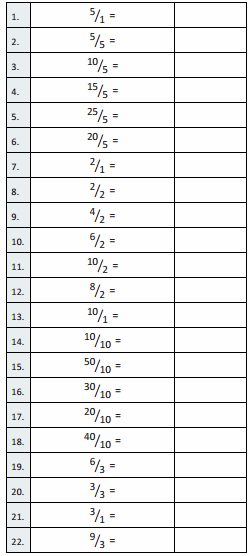

Question 1.
\(\frac { 5 }{ 1 }\) =
Answer :
\(\frac { 5 }{ 1 }\) = 5
Explanation :
5 × 1 = 5
Question 2.
\(\frac { 5 }{ 5 }\) =
Answer :
\(\frac { 5 }{ 5 }\) = 1
Explanation :
5 × 1 = 5
Question 3.
\(\frac { 10 }{ 5 }\) =
Answer :
\(\frac { 10 }{ 5 }\) = 2
Explanation :
5 × 2 = 10
Question 4.
\(\frac { 15 }{ 5 }\) =
Answer :
\(\frac { 15 }{ 5 }\) = 3
Explanation :
5 × 3 = 1
Question 5.
\(\frac { 25 }{ 5 }\) =
Answer :
\(\frac { 25 }{ 5 }\) = 5
Explanation :
5 × 5 = 25
Question 6.
\(\frac { 20 }{ 5 }\) =
Answer :
\(\frac { 20 }{ 5 }\) = 4
Explanation :
5 × 4 = 20
Question 7.
\(\frac { 2 }{ 1 }\) =
Answer :
\(\frac { 2 }{ 1 }\) = 2
Explanation :
1 × 2 = 2
Question 8.
\(\frac { 2 }{ 2 }\) =
Answer :
\(\frac { 2 }{ 2 }\) = 1
Explanation :
1 × 2 = 2
Question 9.
\(\frac { 4 }{ 2 }\) =
Answer :
\(\frac { 4 }{ 2 }\) = 2
Explanation :
2 × 2 = 4
Question 10.
\(\frac { 6 }{ 2 }\) =
Answer :
\(\frac { 6 }{ 2 }\) = 3
Explanation :
2 × 3 = 6
Question 11.
\(\frac { 10 }{ 2 }\) =
Answer :
\(\frac { 10 }{ 2 }\) = 5
Explanation :
2 × 5 = 10
Question 12.
\(\frac { 8 }{ 2 }\) =
Answer :
\(\frac { 8 }{ 2 }\) = 4
Explanation :
2 × 4 = 8
Question 13.
\(\frac { 10 }{ 1 }\) =
Answer :
\(\frac { 10 }{ 1 }\) = 10
Explanation :
1 × 10 = 10
Question 14.
\(\frac { 10 }{ 10 }\) =
Answer :
\(\frac { 10 }{ 10 }\) = 1
Explanation :
1 × 10 = 10
Question 15.
\(\frac { 50 }{ 10 }\) =
Answer :
\(\frac { 50 }{ 10 }\) = 5
Explanation :
10 × 5 = 50
Question 16.
\(\frac { 30 }{ 10 }\) =
Answer :
\(\frac { 30 }{ 10 }\) = 3
Explanation :
10 × 3 = 30
Question 17.
\(\frac { 20 }{ 10 }\) =
Answer :
\(\frac { 20 }{ 10 }\) = 2
Explanation :
10 × 2 = 20
Question 18.
\(\frac { 40 }{ 10 }\) =
Answer :
\(\frac { 40 }{ 10 }\) = 4
Explanation :
10 × 4 = 40
Question 19.
\(\frac { 6 }{ 3 }\) =
Answer :
\(\frac { 6 }{ 3 }\) = 2
Explanation :
2 × 3 = 6
Question 20.
\(\frac { 3 }{ 3 }\) =
Answer :
\(\frac { 3 }{ 3 }\) = 1
Explanation :
1 × 3 = 3
Question 21.
\(\frac { 3 }{ 1 }\) =
Answer :
\(\frac { 3 }{ 1 }\) = 3
Explanation :
1 × 3 = 3
Question 22.
\(\frac { 9 }{ 3 }\) =
Answer :
\(\frac { 9 }{ 3 }\) =3
Explanation :
3 × 3 = 9
Question 23.
\(\frac { 8 }{ 4 }\) =
Answer :
\(\frac { 8 }{ 4 }\) = 2
Explanation :
2 × 4 = 8
Question 24.
\(\frac { 4 }{ 4 }\) =
Answer :
\(\frac { 4 }{ 4 }\) = 1
Explanation :
1 × 4 = 4
Question 25.
\(\frac { 4 }{ 1 }\) =
Answer :
\(\frac { 4 }{ 1 }\) = 4
Explanation :
1 × 4 = 4
Question 26.
\(\frac { 12 }{ 4 }\) =
Answer :
\(\frac { 12 }{ 4 }\) = 3
Explanation :
3 × 4 = 12
Question 27.
\(\frac { 12 }{ 3 }\) =
Answer :
\(\frac { 12 }{ 3 }\) = 4
Explanation :
3 × 4 = 12
Question 28.
\(\frac { 15 }{ 3 }\) =
Answer :
\(\frac { 15 }{ 3 }\) = 5
Explanation :
5 × 3 = 15
Question 29.
\(\frac { 16 }{ 4 }\) =
Answer :
\(\frac { 16 }{ 4 }\) = 4
Explanation :
4 × 4 = 16
Question 30.
\(\frac { 20 }{ 4 }\) =
Answer :
\(\frac { 20 }{ 4 }\) = 5
Explanation :
5 × 4 = 20
Question 31.
\(\frac { 90 }{ 10 }\) =
Answer :
\(\frac { 90 }{ 10 }\) = 9
Explanation :
10 × 9 = 90
Question 32.
\(\frac { 30 }{ 5 }\) =
Answer :
\(\frac { 30 }{ 5 }\) = 6
Explanation :
5 × 6 = 30
Question 33.
\(\frac { 35 }{ 5 }\) =
Answer :
\(\frac { 35 }{ 5 }\) = 7
Explanation :
5 × 7 = 35
Question 34.
\(\frac { 70 }{ 10 }\) =
Answer :
\(\frac { 70 }{ 10 }\) = 7
Explanation :
10 × 7 = 70
Question 35.
\(\frac { 12 }{ 2 }\) =
Answer :
\(\frac { 12 }{ 2 }\) = 6
Explanation :
2 × 6 = 12
Question 36.
\(\frac { 14 }{ 2 }\) =
Answer :
\(\frac { 14 }{ 2 }\) = 7
Explanation :
2 × 7 = 14
Question 37.
\(\frac { 80 }{ 10 }\) =
Answer :
\(\frac { 80 }{ 10 }\) = 8
Explanation :
10 × 9 = 90
Question 38.
\(\frac { 45 }{ 5 }\) =
Answer :
\(\frac { 45 }{ 5 }\) = 9
Explanation :
5 × 9 = 45
Question 39.
\(\frac { 16 }{ 2 }\) =
Answer :
\(\frac { 16 }{ 2 }\) = 8
Explanation :
2 × 8 = 16
Question 40.
\(\frac { 60 }{ 10 }\) =
Answer :
\(\frac { 60 }{ 10 }\) = 6
Explanation :
10 × 6 = 60
Question 41.
\(\frac { 18 }{ 2 }\) =
Answer :
\(\frac { 18 }{ 2 }\) = 9
Explanation :
2 × 9 = 18
Question 42.
\(\frac { 40 }{ 5 }\) =
Answer :
\(\frac { 40 }{ 5 }\) =8
Explanation :
5 × 8 = 40
Question 43.
\(\frac { 36 }{ 4 }\) =
Answer :
\(\frac { 36 }{ 4 }\) = 9
Explanation :
4 × 9 = 36
Question 44.
\(\frac { 24 }{ 3 }\) =
Answer :
\(\frac { 24 }{ 3 }\) = 8
Explanation :
4 × 8 = 32
Eureka Math Grade 3 Module 5 Lesson 19 Problem Set Answer Key
Question 1.
Divide each number line into the given fractional unit. Then, place the fractions. Write each whole as a fraction.
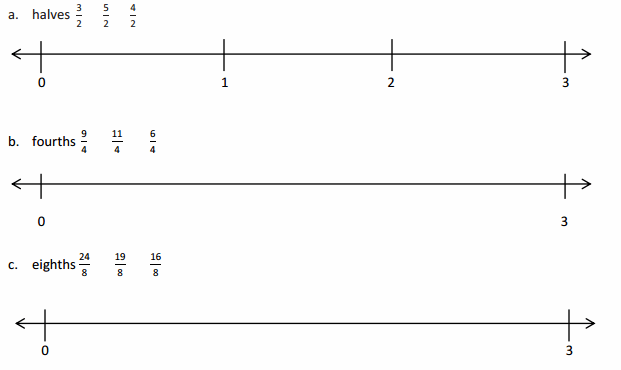
Answer :
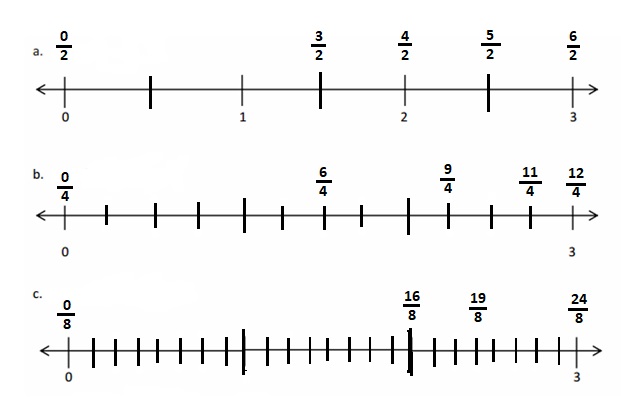
Explanation :
Number lines are represented and the given fractions are located and labeled .
Question 2.
Use the number lines above to compare the following fractions using >, <, or =.

Answer :
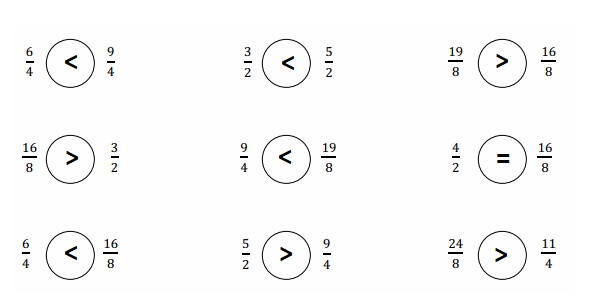
Explanation :
From the above figure the comparisons are done .
Question 3.
Choose a greater than comparison you made in Problem 2. Use pictures, numbers, and words to explain how you made that comparison.
Answer :

\(\frac {5 }{ 2 }\) is greater than \(\frac { 3 }{ 2 }\)
Explanation :
The number which is on the right of the number is greater and the number which is on the left of the other number is lesser.
\(\frac {5 }{ 2 }\) is right on the number of \(\frac {3 }{ 2 }\)
So, \(\frac {5 }{ 2 }\) is greater than \(\frac { 3 }{ 2 }\)
Question 4.
Choose a less than comparison you made in Problem 2. Use pictures, numbers, and words to explain a different way of thinking about the comparison than what you wrote in Problem 3.
Answer :

\(\frac {6 }{ 4 }\) is lesser than \(\frac {11 }{ 4 }\)
Explanation :
The number which is on the right of the number is greater and the number which is on the left of the other number is lesser.
\(\frac {6 }{ 4 }\) is left of the number of \(\frac {11 }{ 4 }\)
So, \(\frac {6 }{ 4 }\) is lesser than \(\frac {11 }{ 4 }\)
Question 5.
Choose an equal to comparison you made in Problem 2. Use pictures, numbers, and words to explain two ways that you can prove your comparison is true.
Answer :
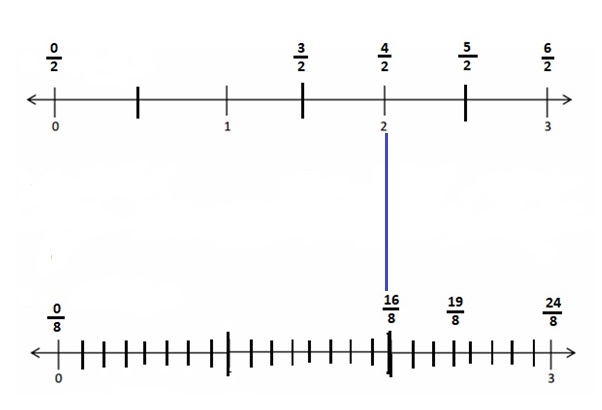
Explanation :
\(\frac { 4 }{ 2 }\) = \(\frac { 16 }{ 8 }\) both the points intersect as shown in above figure .
Eureka Math Grade 3 Module 5 Lesson 19 Exit Ticket Answer Key
Question 1.
Divide the number line into the given fractional unit. Then, place the fractions. Write each whole as a fraction.

Answer :

Question 2.
Use the number line above to compare the following fractions using >, <, or =.

Answer :

Question 3.
Use the number line from Problem 1. Which is larger: 2 wholes or \(\frac{9}{4}\)? Use words, pictures, and numbers to explain your answer.
Answer :

Explanation :
The number which is on the right of the number is greater and the number which is on the left of the other number is lesser.
\(\frac {9 }{ 4 }\) is right of the number of 2 wholes
So, \(\frac {9 }{ 4 }\) > 2 wholes .
Eureka Math Grade 3 Module 5 Lesson 19 Homework Answer Key
Question 1.
Divide each number line into the given fractional unit. Then, place the fractions. Write each whole as a fraction.
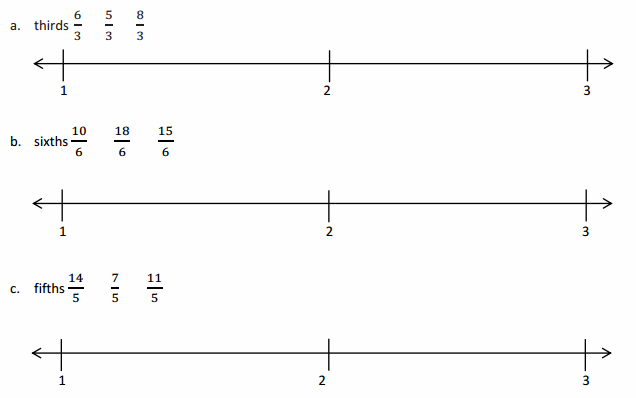
Answer :
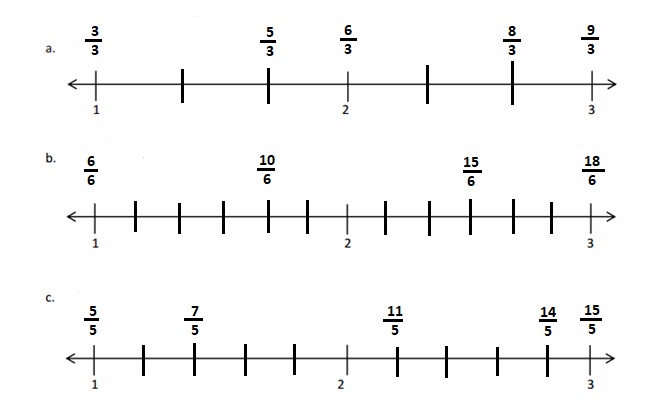
Question 2.
Use the number lines above to compare the following fractions using >, <, or =.
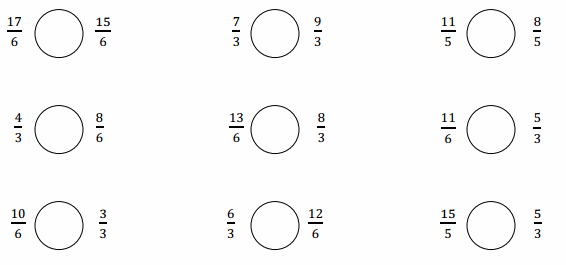
Answer :
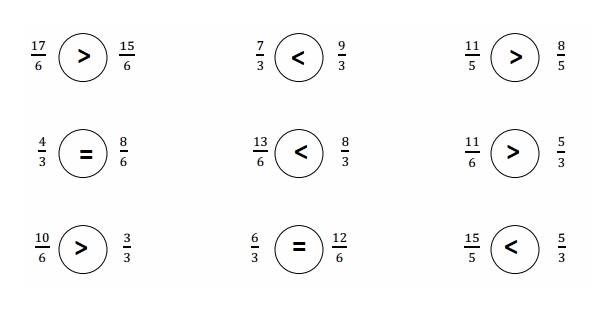
Question 3.
Use fractions from the number lines in Problem 1. Complete the sentence. Use words, pictures, or numbers to explain how you made that comparison.
____________ is greater than ____________.
Answer :
\(\frac { 18 }{ 6 }\) is greater than \(\frac { 15 }{ 6 }\)
Explanation :
The number which is on the right of the number is greater and the number which is on the left of the other number is lesser.
\(\frac { 18 }{ 6 }\) is right of the number of \(\frac { 15 }{ 6 }\)
So, \(\frac { 18 }{ 6 }\) > \(\frac { 15 }{ 6 }\)
Question 4.
Use fractions from the number lines in Problem 1. Complete the sentence. Use words, pictures, or numbers to explain how you made that comparison.
____________ is less than ____________.
Answer :
\(\frac { 5 }{ 3 }\) is lesser than \(\frac { 6 }{ 3 }\)
Explanation :
The number which is on the right of the number is greater and the number which is on the left of the other number is lesser.
\(\frac { 5 }{ 3 }\) is right of the number of \(\frac { 6 }{ 3 }\)
So, \(\frac { 5 }{ 3 }\) < \(\frac { 6 }{ 3 }\)
Question 5.
Use fractions from the number lines in Problem 1. Complete the sentence. Use words, pictures, or numbers to explain how you made that comparison.
____________ is equal to ____________.
Answer :
\(\frac { 5 }{ 3 }\) is Equal to \(\frac { 10 }{ 6 }\)
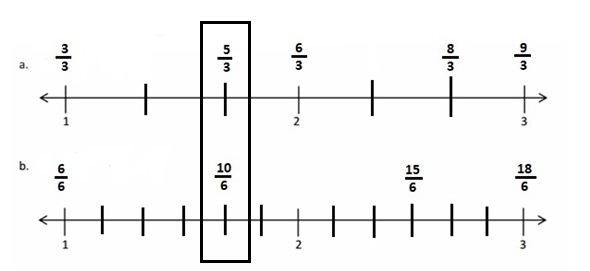
Explanation :
\(\frac { 5 }{ 3 }\) = \(\frac { 10 }{ 6 }\)
Both the numbers are of equal distance and lies at the point as shown in the above figure .
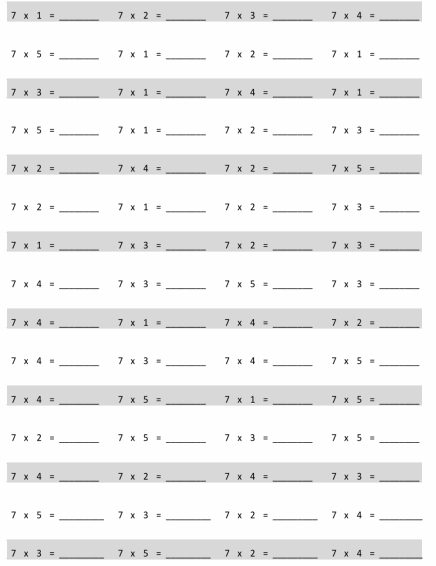
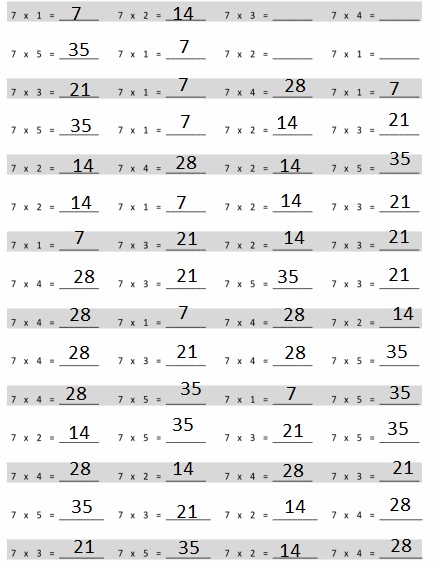
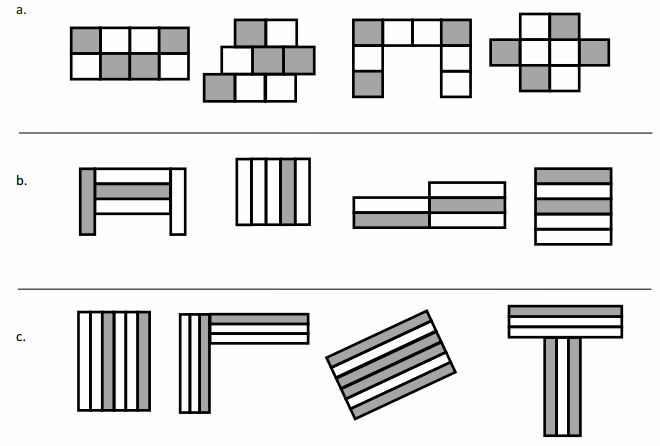





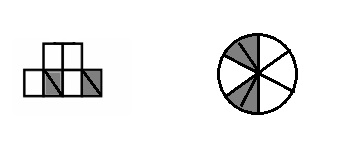
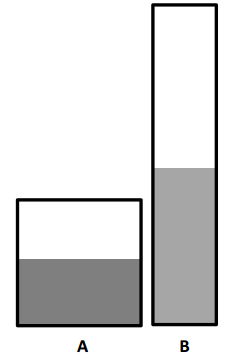


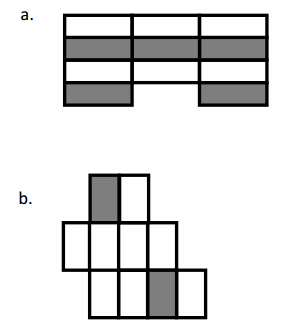
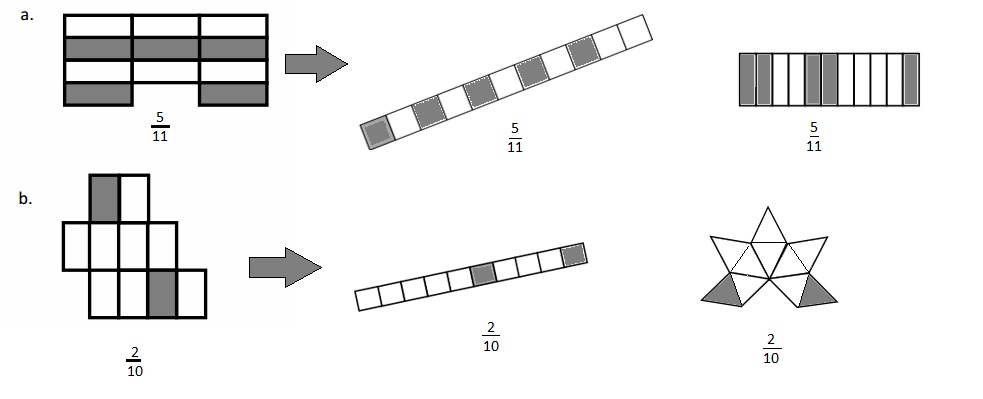
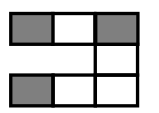

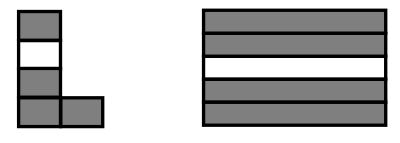
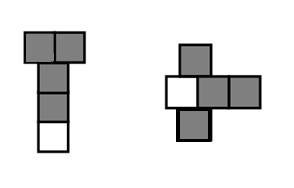
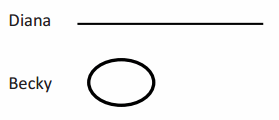


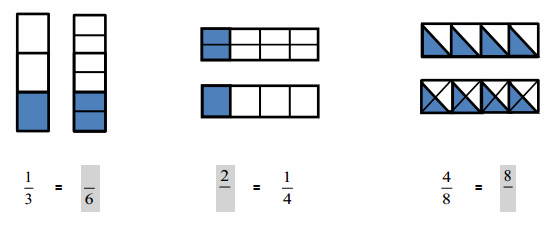
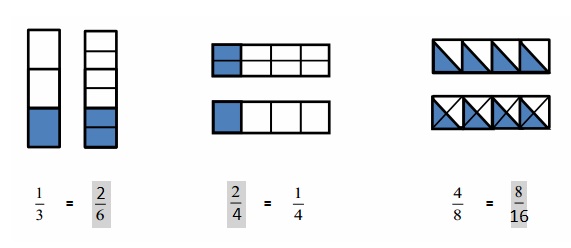
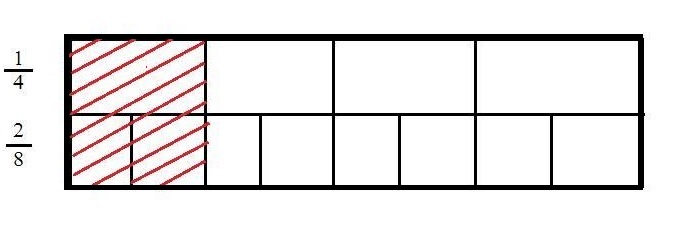


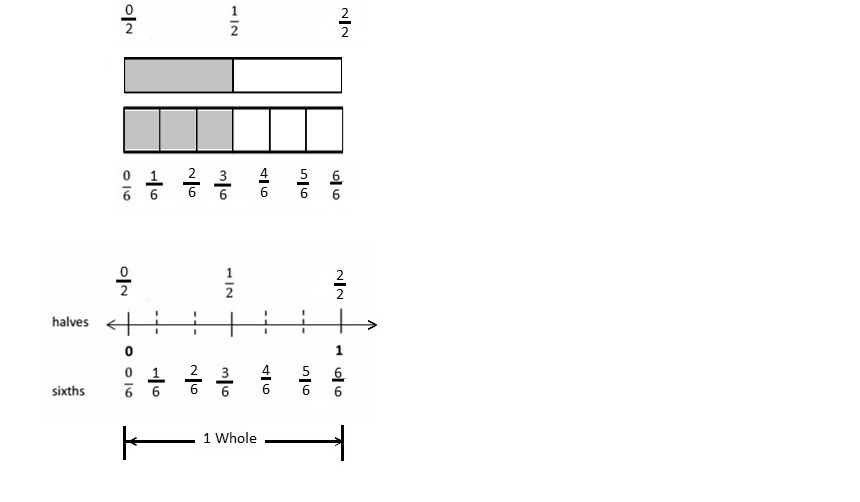
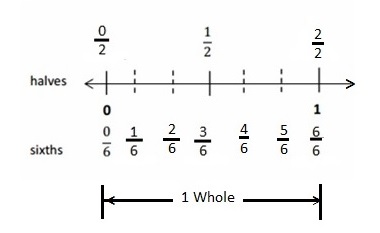
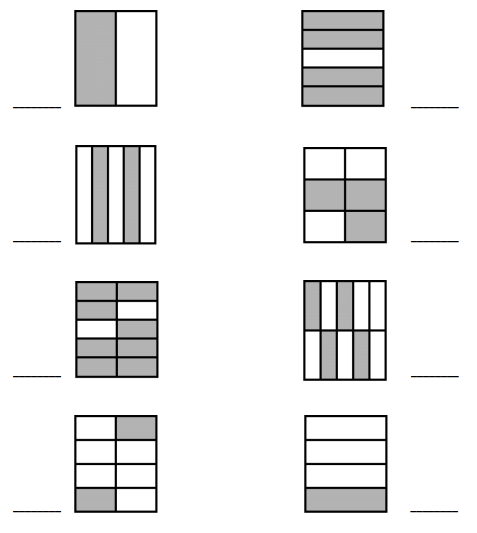
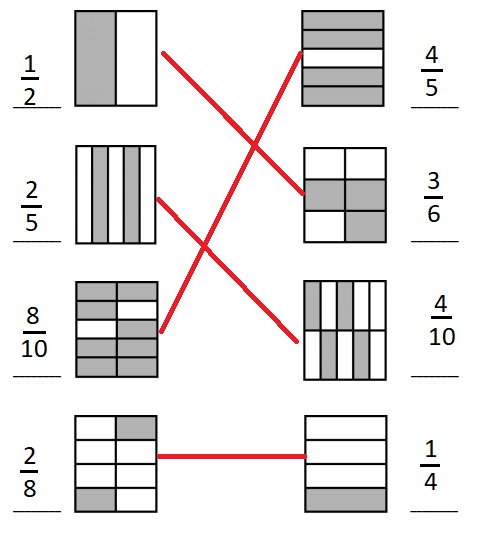
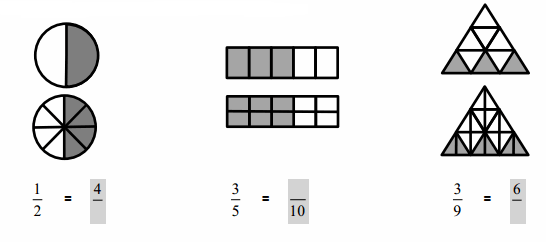 Answer :
Answer :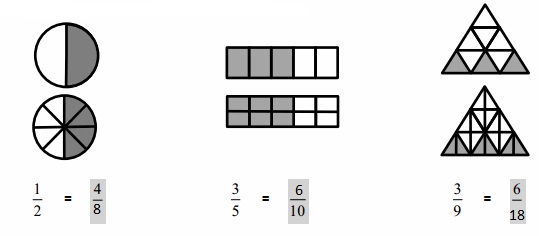


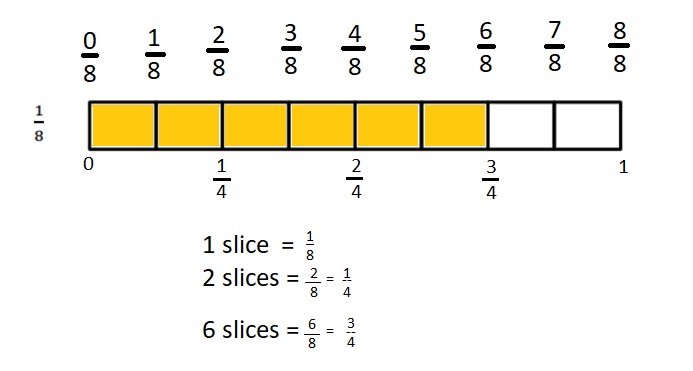
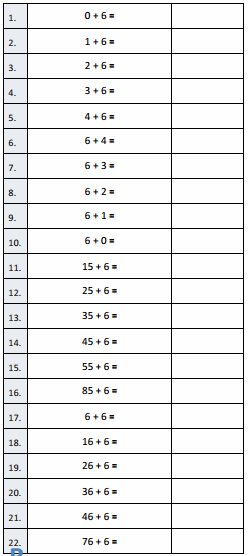
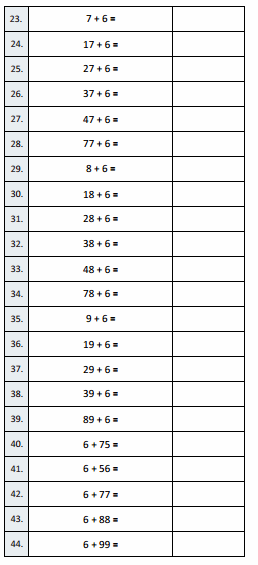
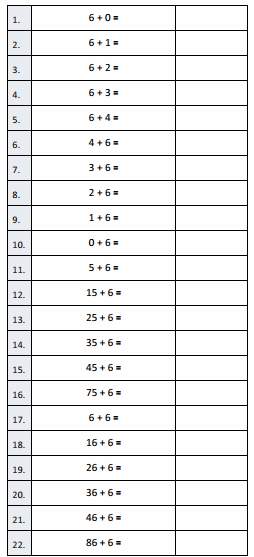
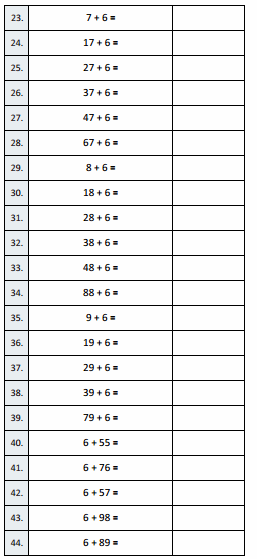


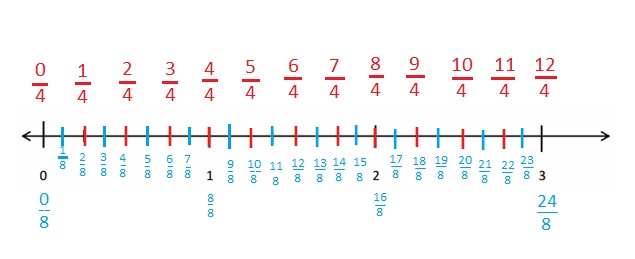


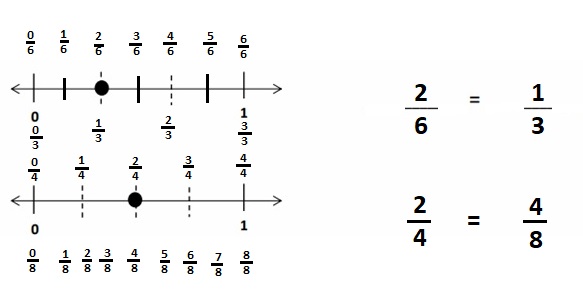
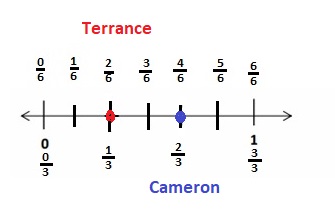
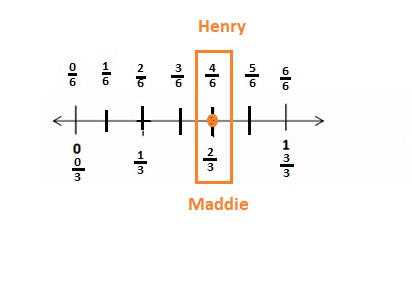


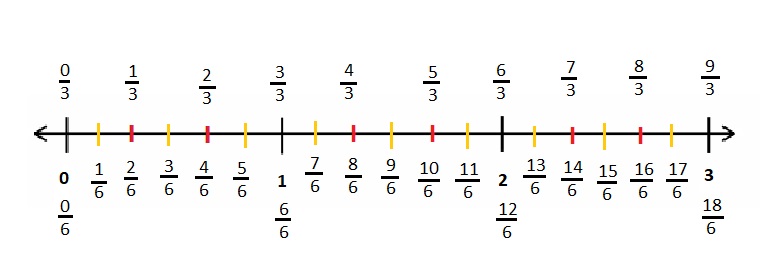



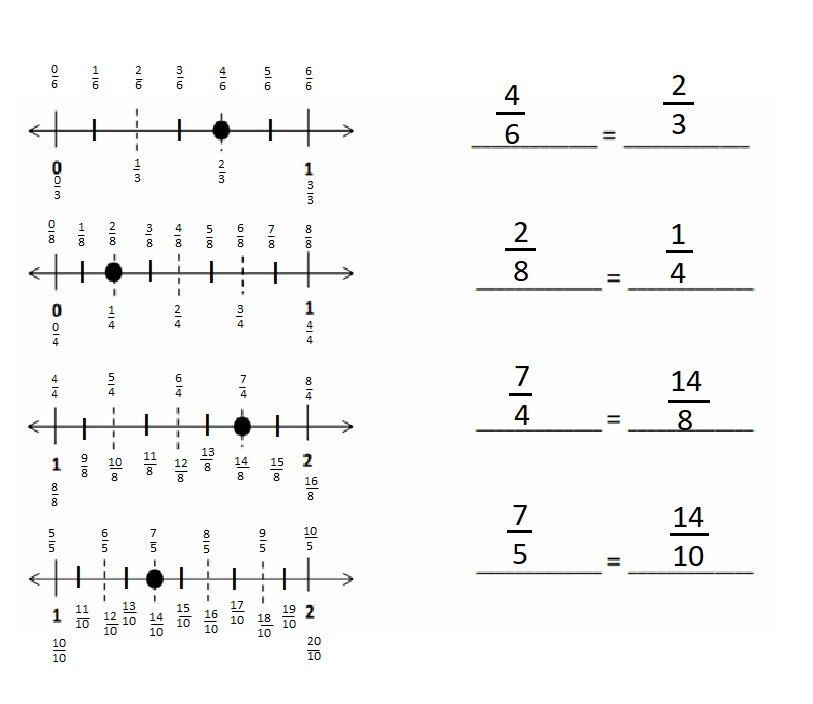
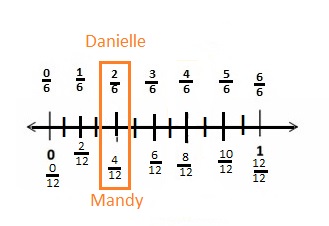
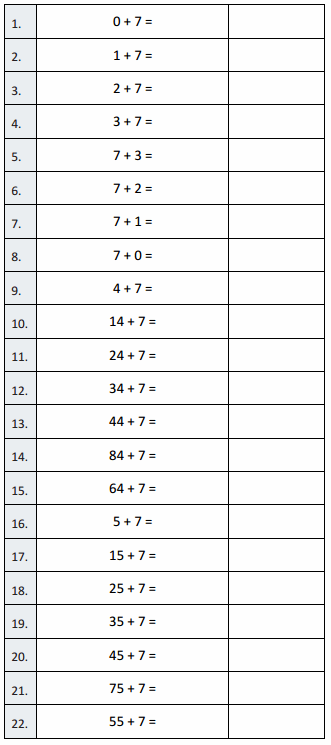
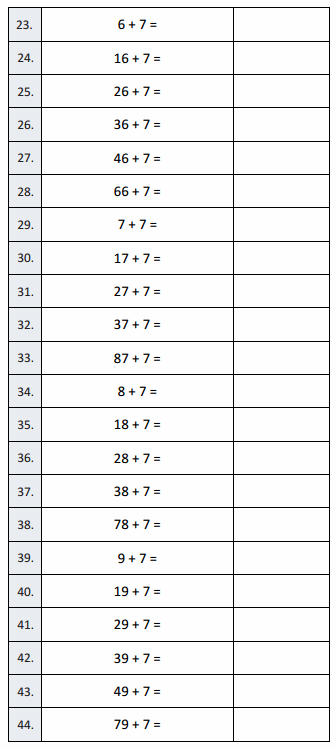
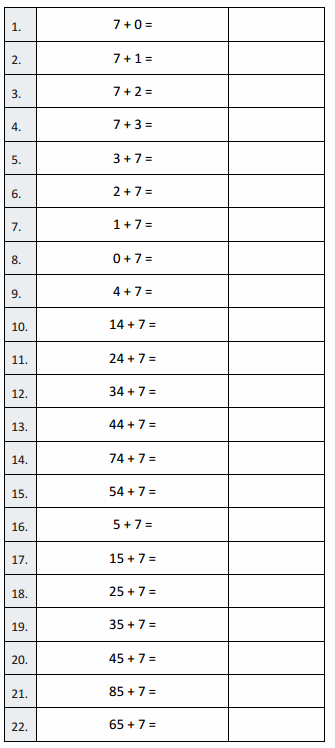
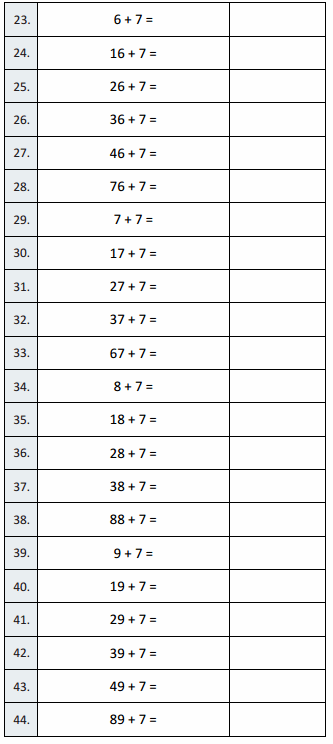
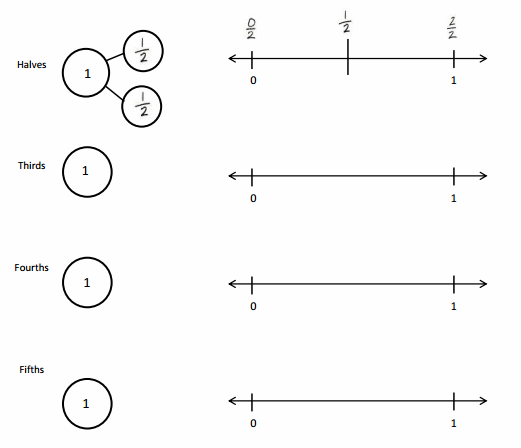
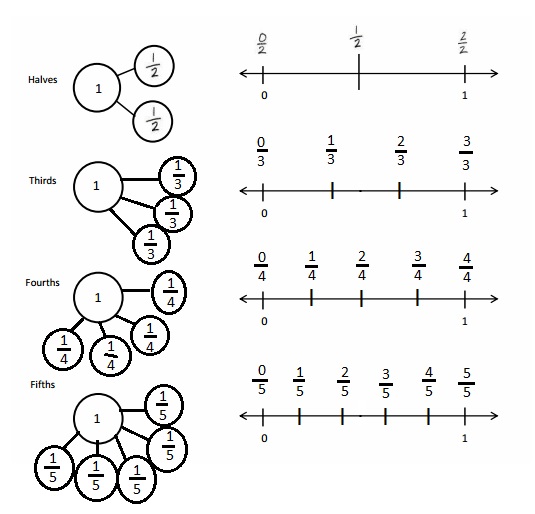

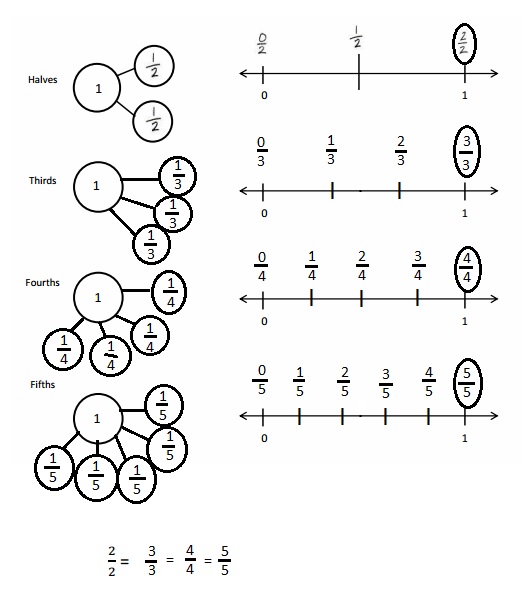


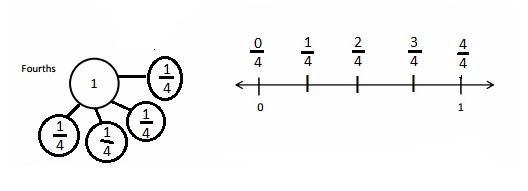
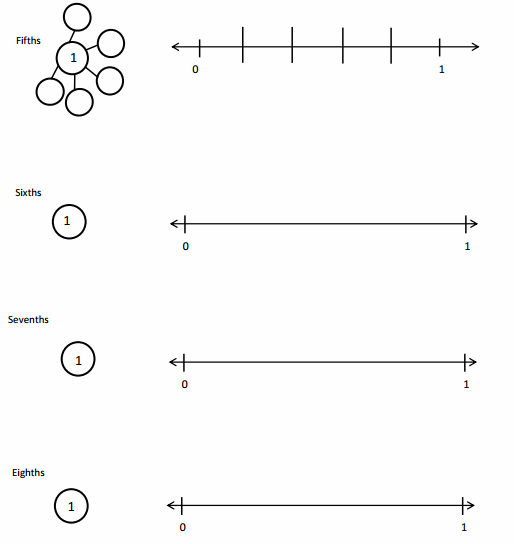
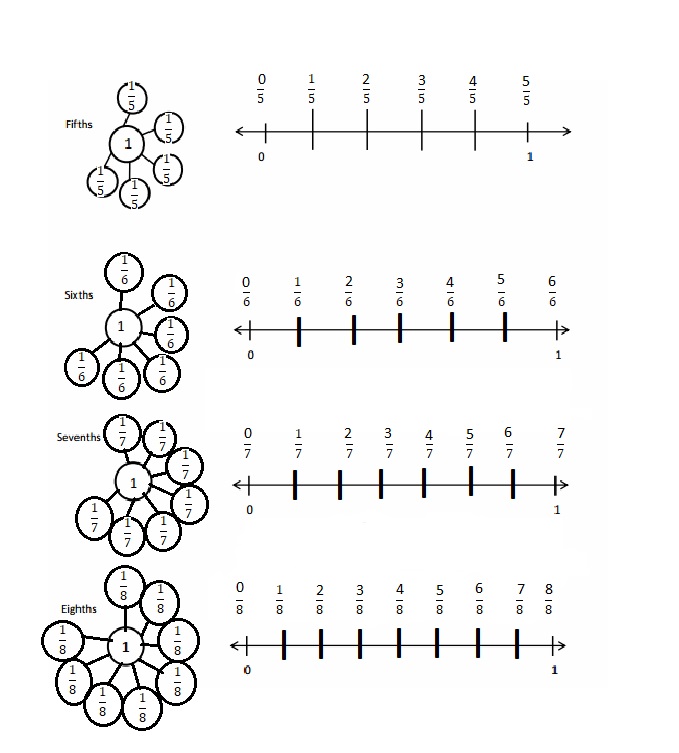

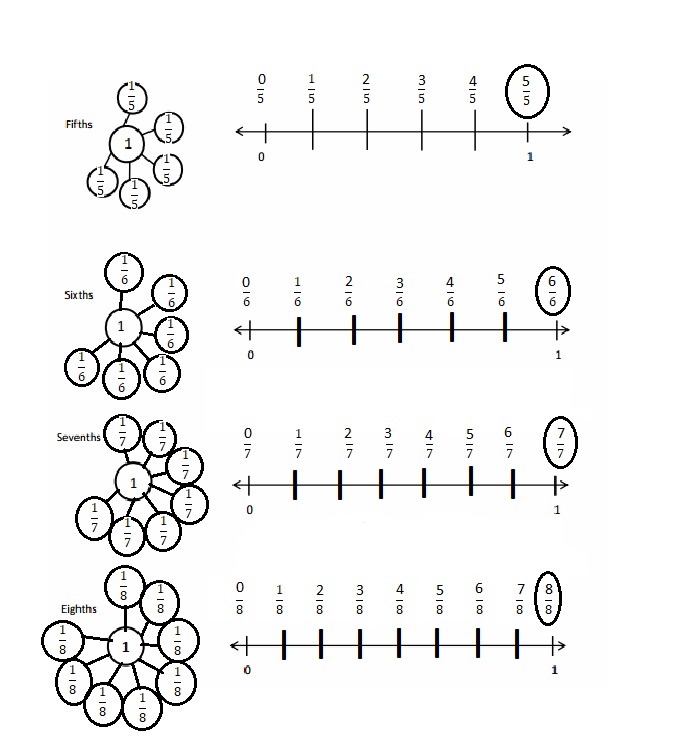
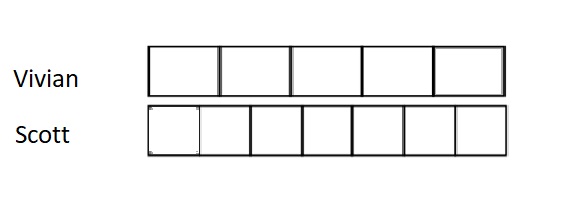

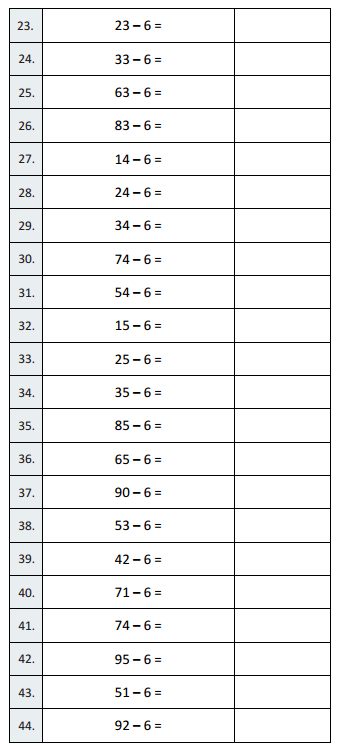
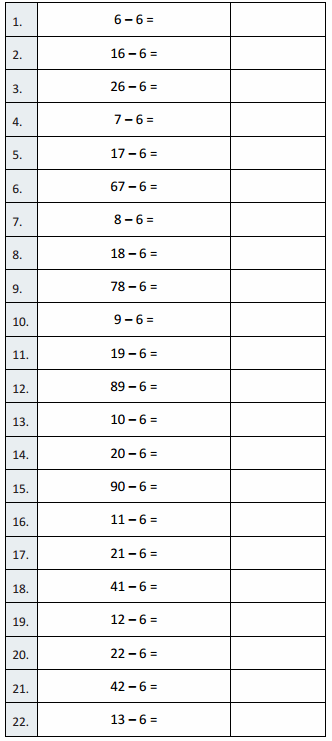

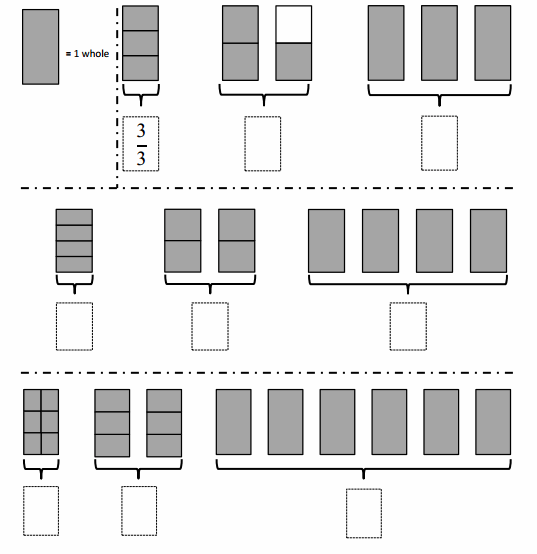
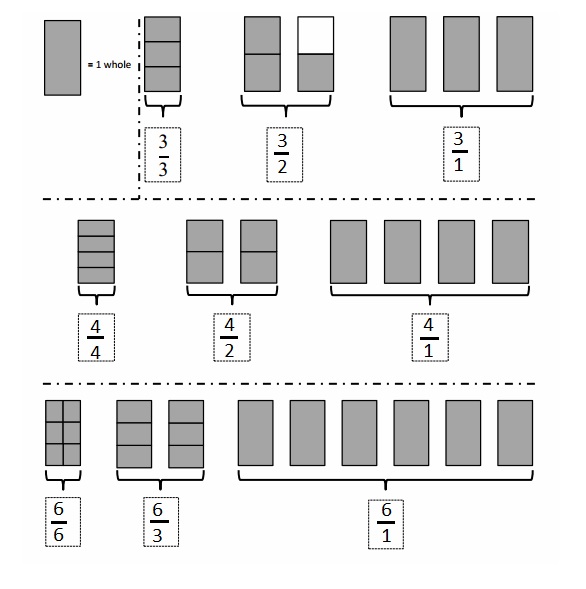
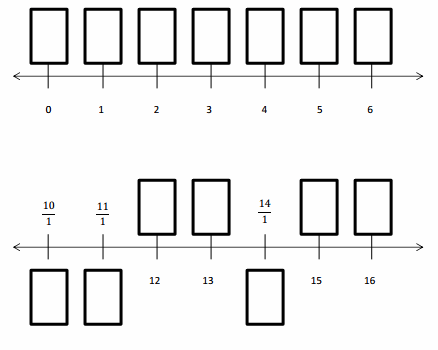
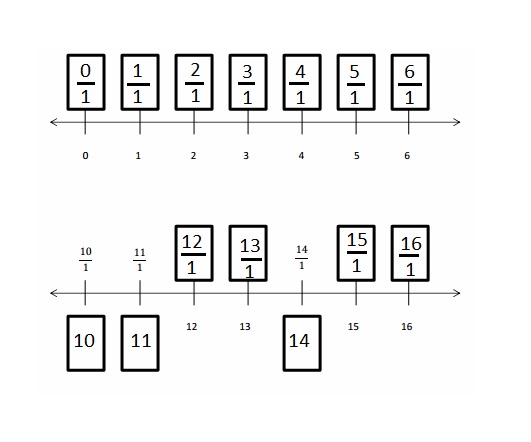





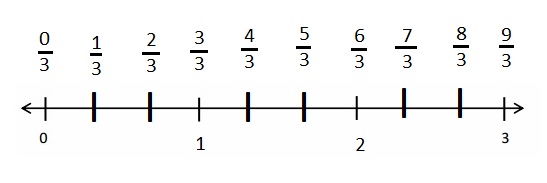
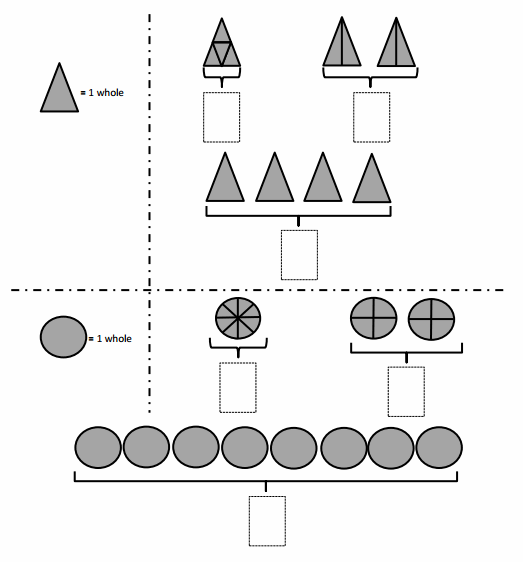
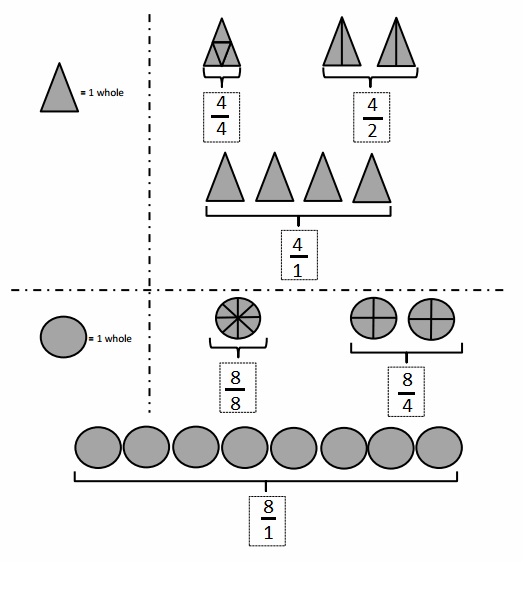
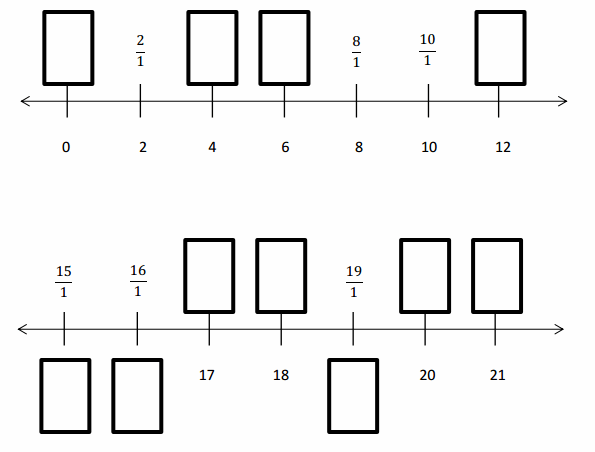
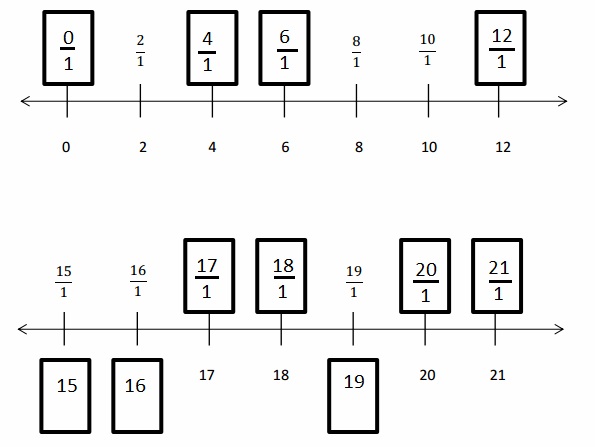

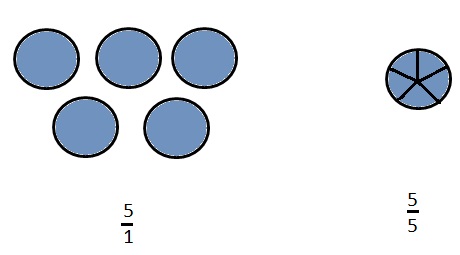
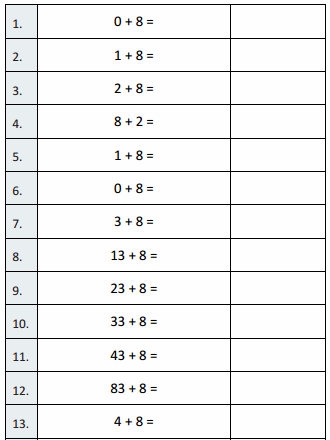
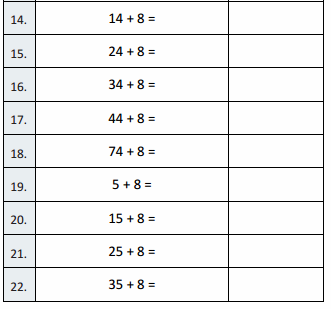

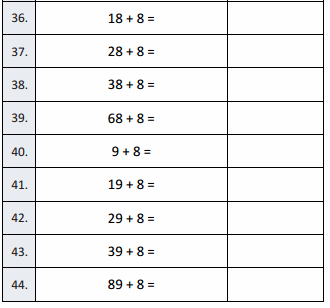
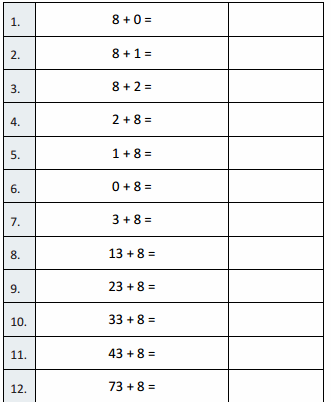
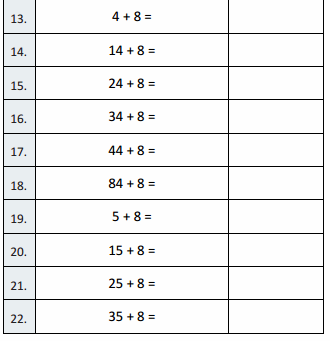
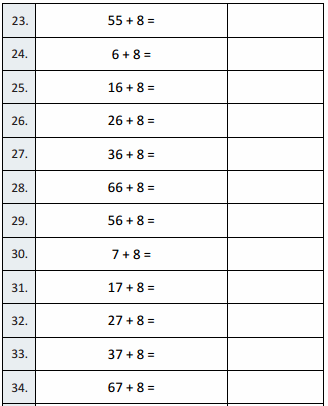
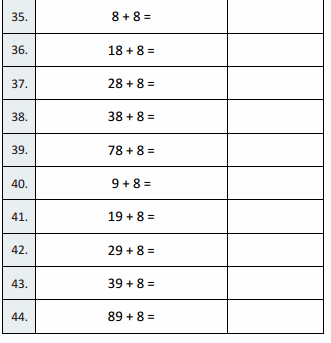
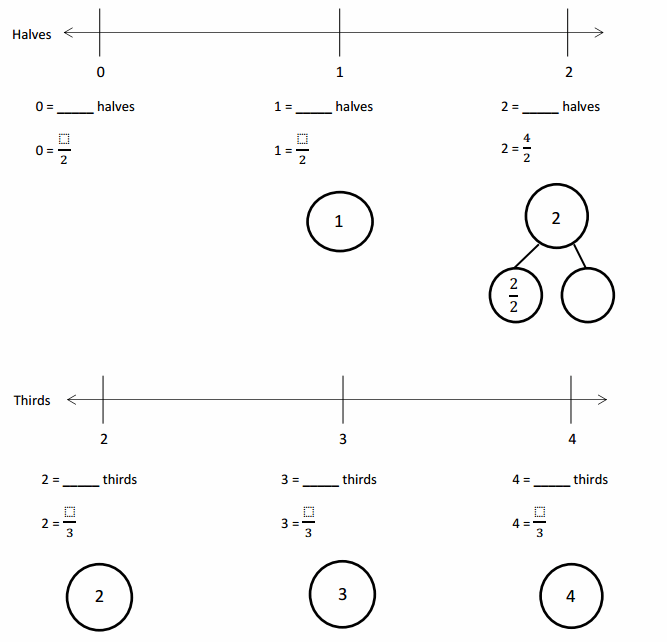
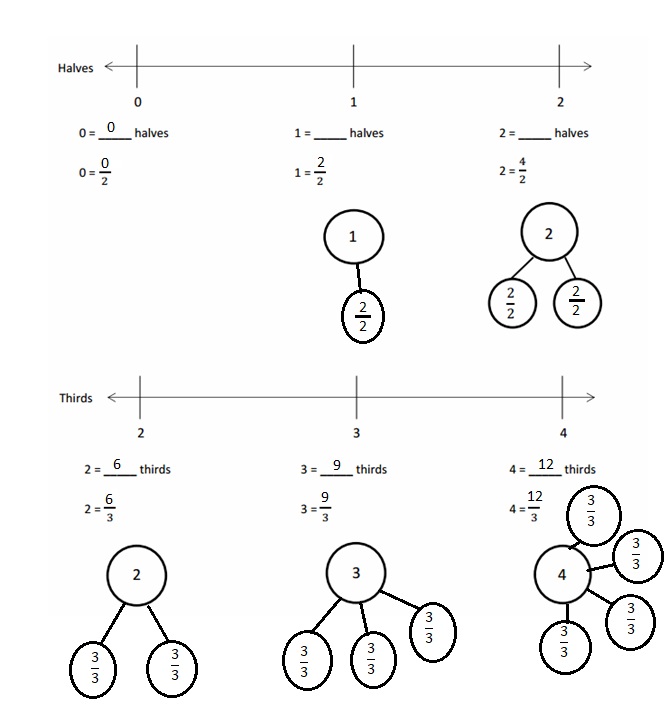
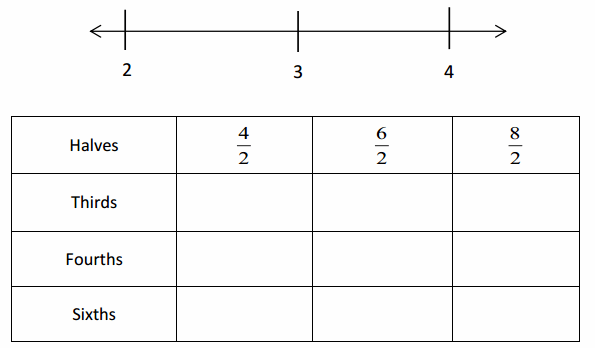
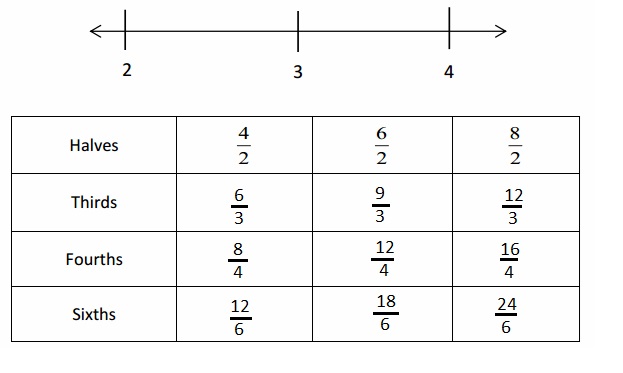

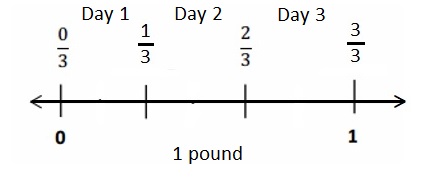


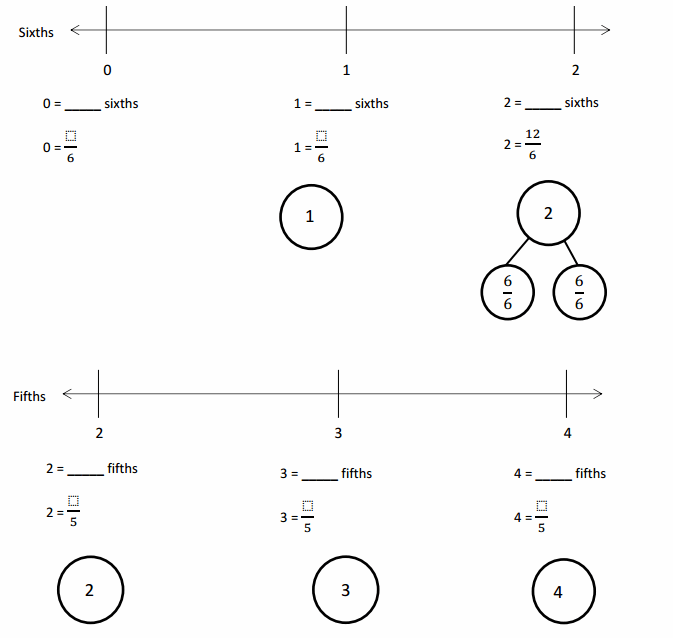
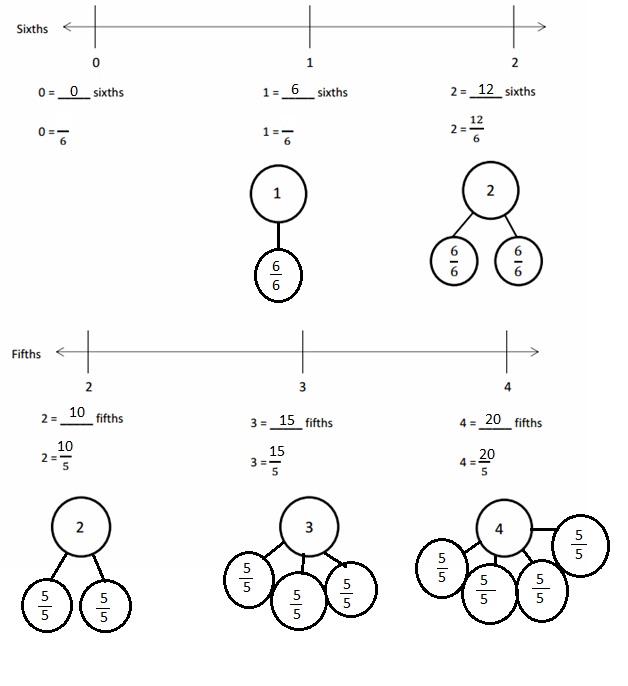
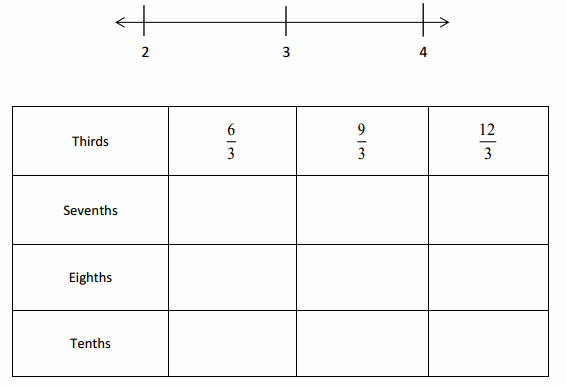
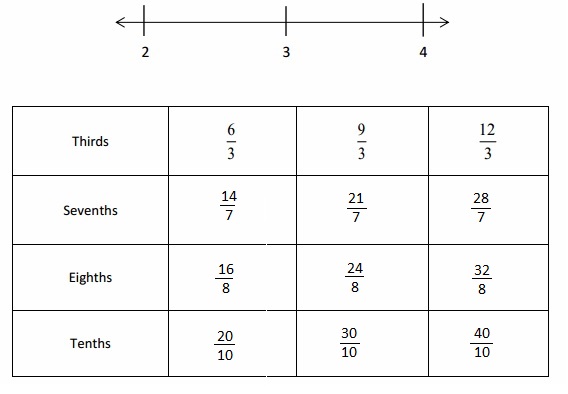
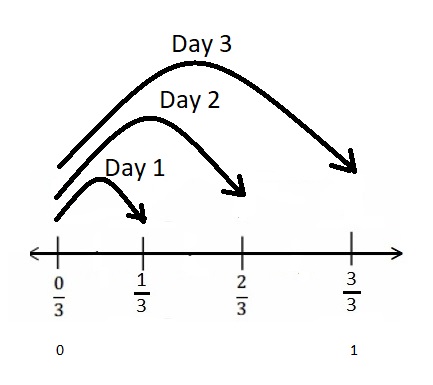
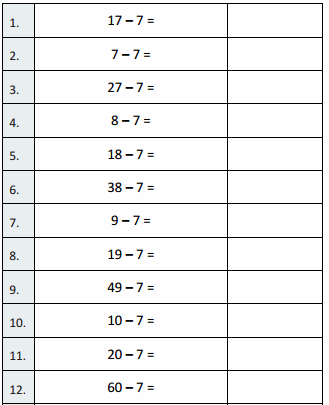

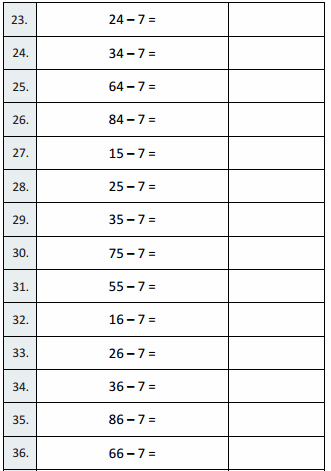
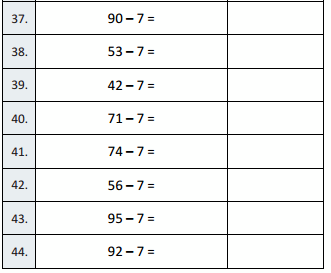
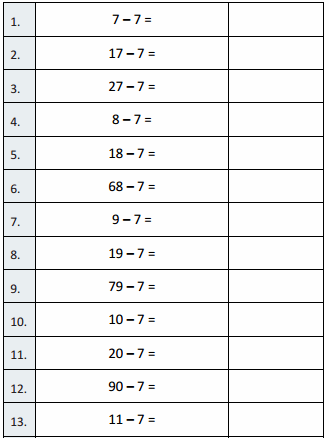
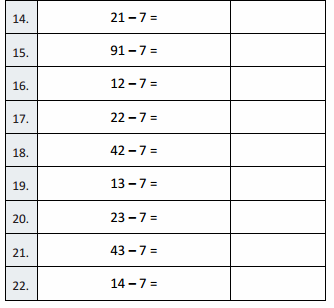
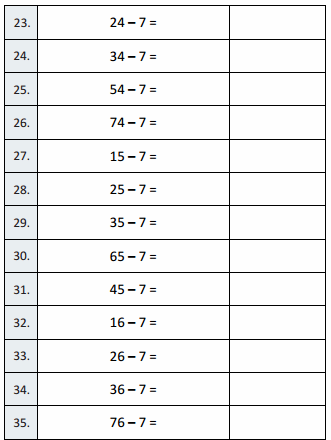
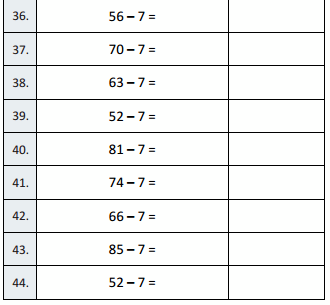
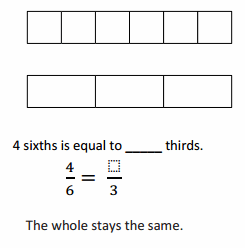
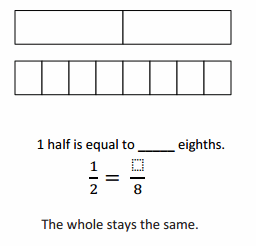

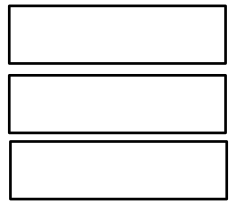
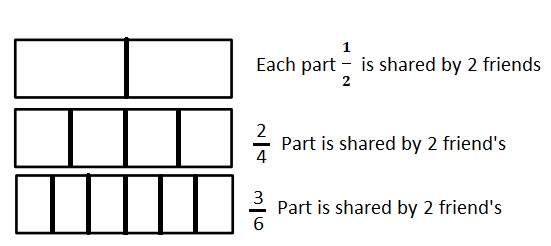
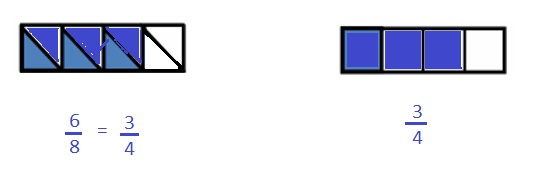
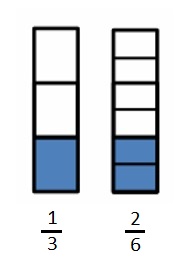





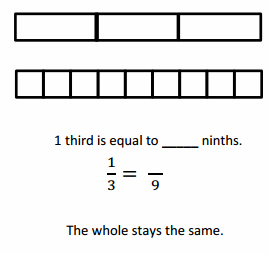
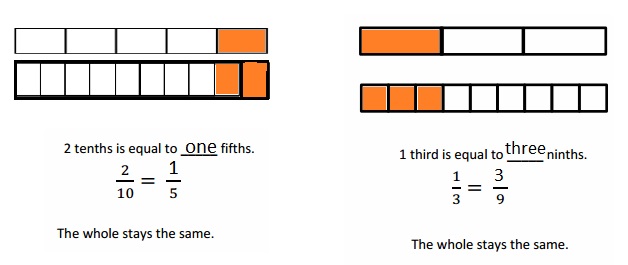
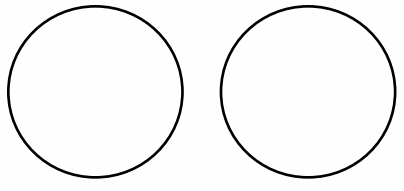
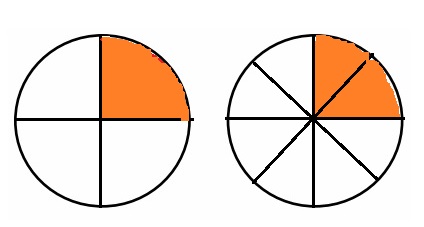

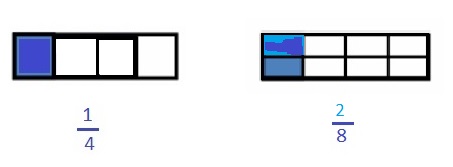

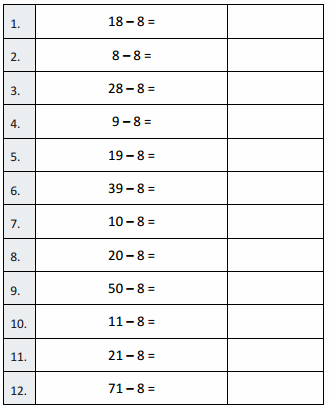
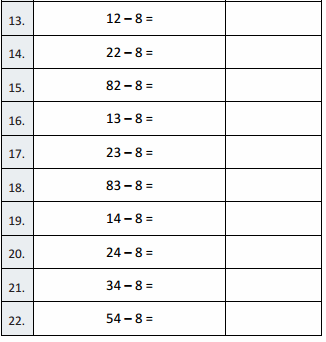
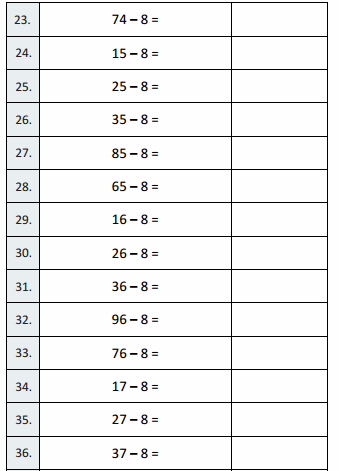
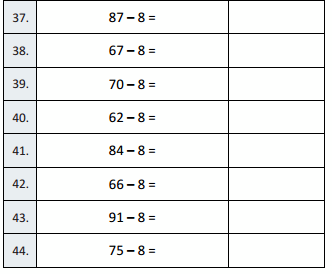
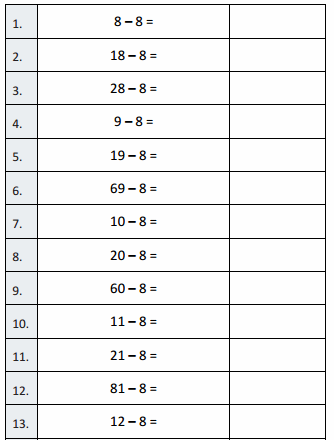
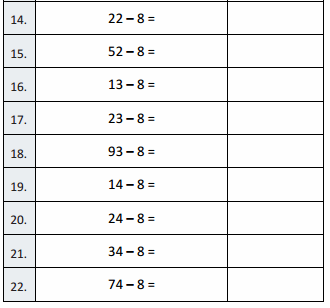
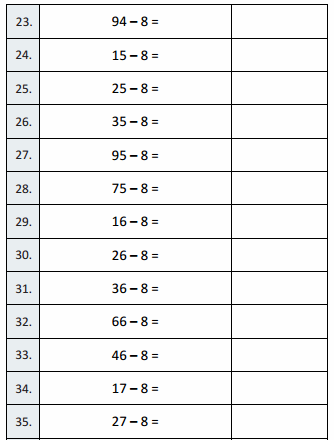
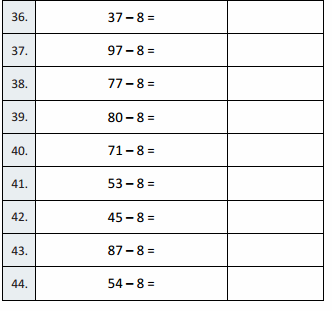







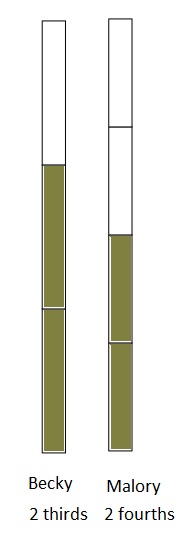
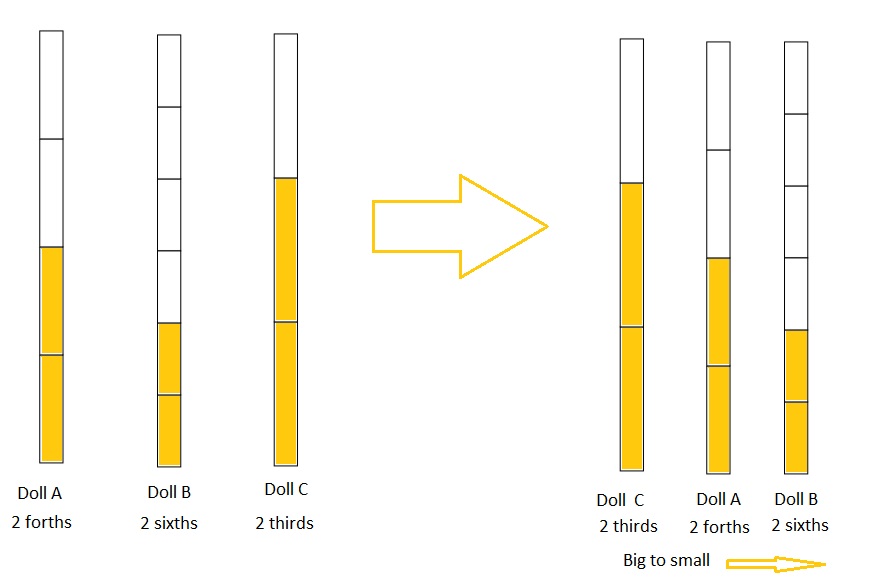









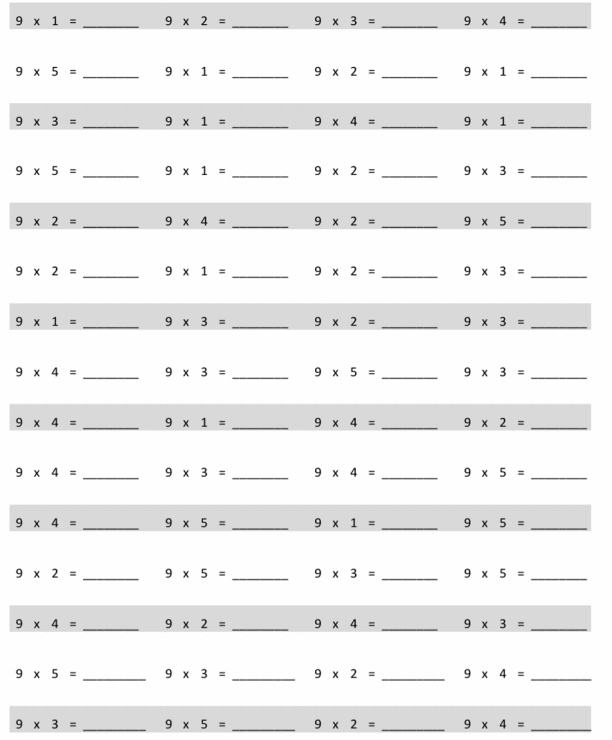
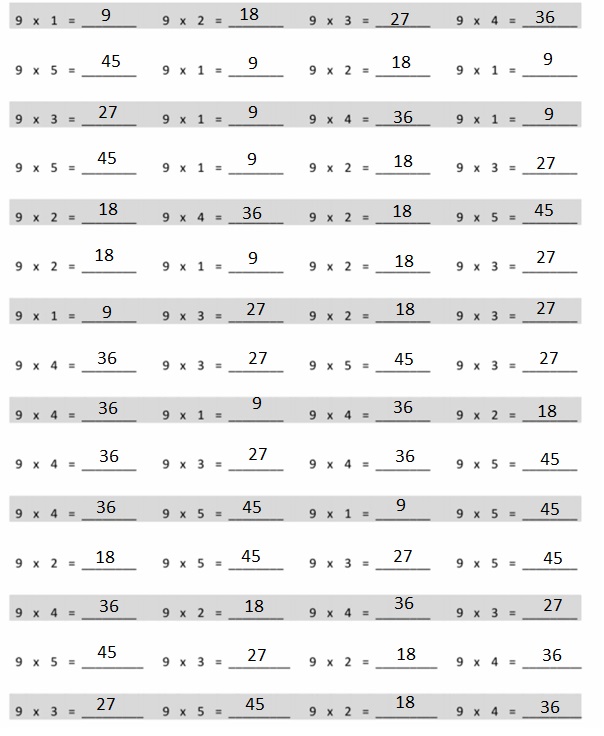
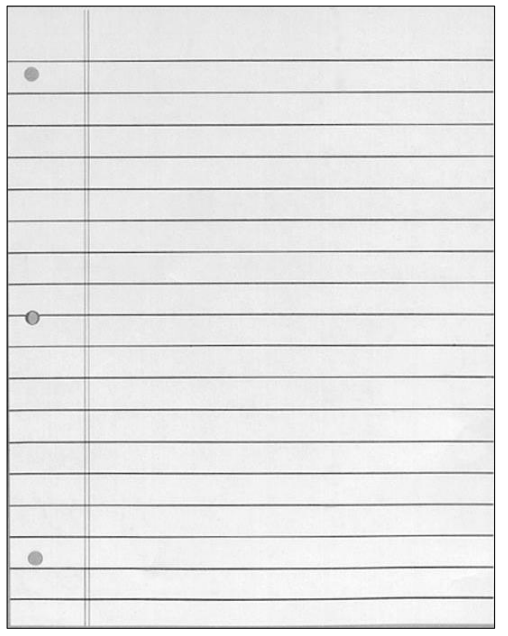
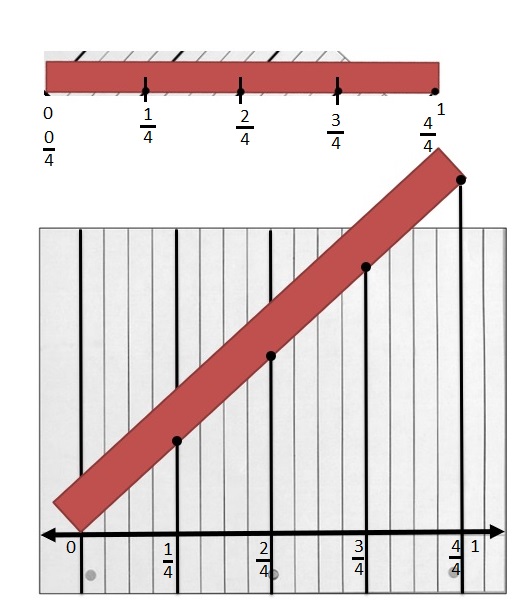
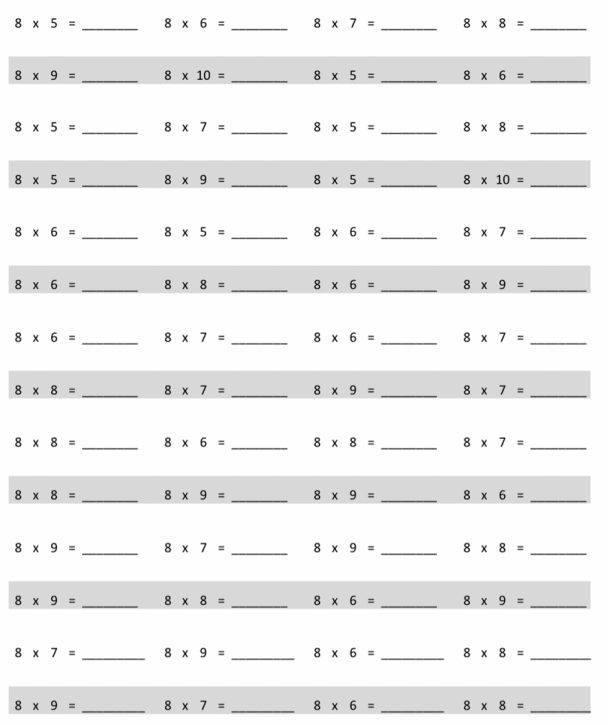
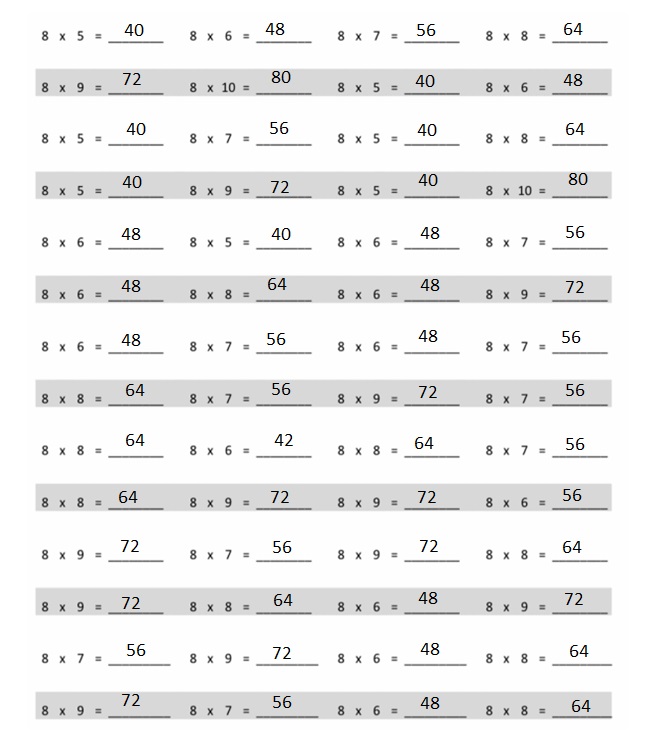
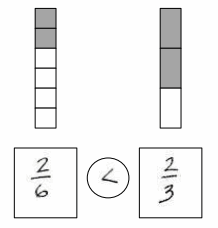

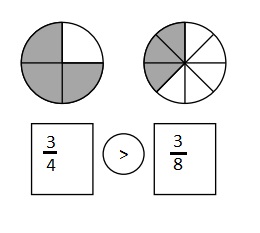
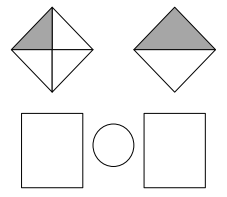
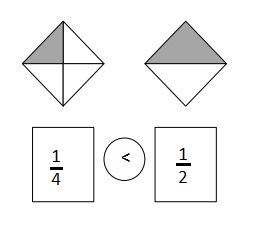





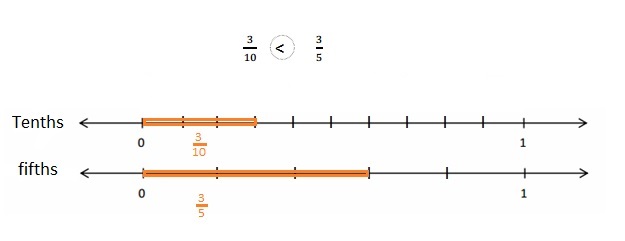
 wer :
wer :
